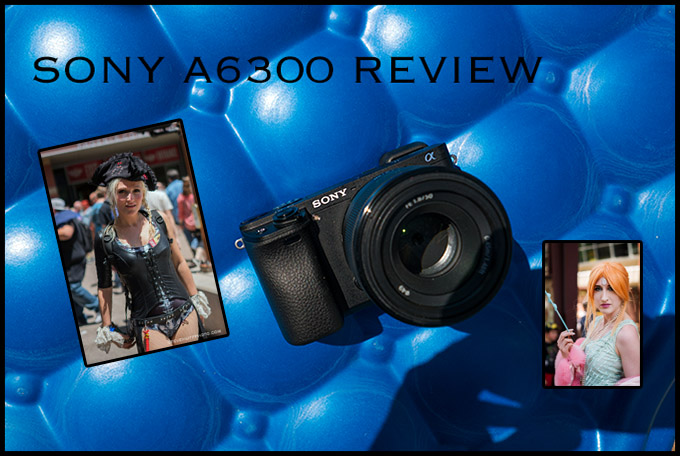
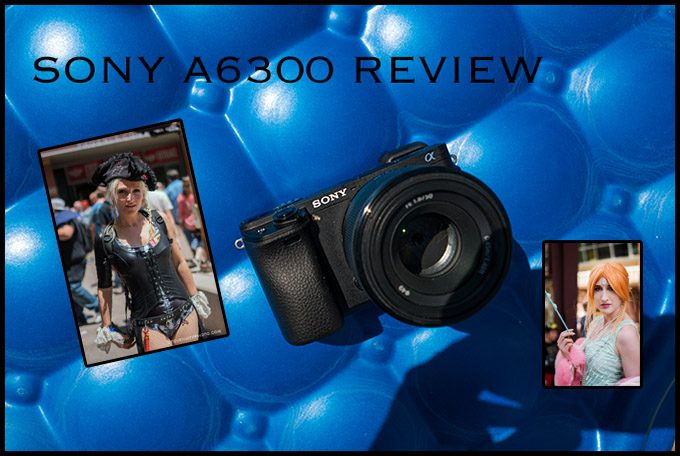
The Sony A6300 Camera Review. Amazing Speed, Response and IQ. Woooooo!
By Steve Huff
YOU CAN ORDER THE SONY A6300 AT AMAZON OR B&H PHOTO
Wooooooo! Just as Ric Flair would say, this is what I said when I first tried and tested the new Sony A6300. Woooooo! Not for its retro design (it does not have one) and not for its revolutionary innovation (it is more of a massive refresh) but rather, for the “it just works” way of going about business that this little camera does. The A6300 is slick, quick and a great way to enter the enthusiast mirrorless market for those looking for something “better” than what they currently shoot with.
If you are reading this and you are someone looking for an upgrade to your point & shoot or even phone camera, read on as this camera is being used by ALL types. Yep, even a few pros are using this with their A7 series, and after using it for a while, I can see why.
*CLICK IMAGES IN THIS REVIEW TO SEE THEM CORRECTLY. IF YOU DO NOT THEY MAY APPEAR SOFT*
The A6300 with the lovely & inexpensive Sony 28mm f/2 – This was shot at the Phoenix Comicon in 114 degree heat. The A6300 never faltered but I almost did!
I remember and still own the A6000, which was a HUGE massive hit for Sony. That A6000 ended up being the hottest selling mirrorless camera under $1000 and the reasons were its small size, its fast speed and response and its very nice image quality that came from the APS-C sized sensor. I reviewed the A6000 long ago, and you can see that review HERE. I loved the color from that sensor, and as mentioned, the response and speed which is, to be honest, above the Sony flagship A7RII!
Now, I love my A7RII…but I love many cameras. I am a guy who for 8 years now has written over and over about cameras I love. Some have went, few have stayed… but the longest running cameras in my arsenal have always been from Leica, Sony and Olympus. For me, all of these companies “get it” when it comes to things that *I* enjoy in my photography and shooting experience. Being a passionate enthusiast, I truly do love ALL camera makes – Olympus (EM1, PEN-F), Fuji (X100, XT1), Nikon (DF and V series), and while not so much a Canon fan these days, I am hoping they come out with a killer mirrorless one day, and I think they will. Soon.
So with that out-of-the-way, when I get a camera these days I am *usually* not as excited as I was 5 years ago about the new cameras back at that time. Why? Well, I see less and less progress in the last year, almost like some camera companies are slowing down (which is welcome anyway as we do not need refreshed cameras every 6-12 months) and releasing fewer models. My money says that this may be due to the fact that most people today use their smart phones as their only picture-taking tool. Sure pros use their DSLR’s and big gun mirrorless, and enthusiasts use these as well but as a world-wide whole, most of us just use what we have with us, and in this day and age, that happens to ALWAYS be our phone.
So these days, it takes a lot to “excite” me with a new camera. I like to see great build and design, great speed and response, nice color and pop from the sensor and good low light ability. Those things are a MUST. Next I like to see something that makes me WANT to use it. Some cameras will motivate me to go out and shoot. The Leica SL, The Leica M and Sony A7RII and even PEN-F do this. Did the A6300?
Read on to find out what I think about the latest and greatest Sony APS-C Mirrorless powerhouse…
At the “Slide the City” event in Phoenix AZ where the water slide hit the downtown streets. The A6300 was splashed and dropped into a small puddle and kept on going strong. No matter the lens I attached, it focused like a champ. The 70-300 G lens was absolutely fantastic with the A6300.
70-300G at 70mm and f/4.5
–
A6300 with 70-300G at 70mm
I will just say it up front. After using the A6300 for a few weeks, I came to realize that this little guy is quite amazing in its capabilities, and if I were not so “stuck” in a full frame state of mind, this could be my only camera, and I could be 100% HAPPY with it as a one camera solution for me. THAT RIGHT THERE says A TON about this little mini photographic beast. While it may not bring out the full passion in me or full motivation like a Leica for me, for what it is, it punches WELL above its weight class. But let’s dig in a bit, shall we?
OUT OF THE BOX – IN THE HAND
The A6300 is very similar to the last model, the A6000. Same size, same style and design and same overall “feel”. Nothing new or revolutionary was done with the looks or feel. Same battery, which is good (I have 13 of them) and in the hand it feels very good. Shorter than my A7RII, and lighter..many will welcome this as some feel the A7 series is a tad too large. I will discuss later, the differences between the A6000 and the A6300. While not huge, the A6300 does have a new sensor (though same Megapixel count) and some new improvements which for many, will make it worth the upgrade.
So all in all, it feels great in the hand and in use. It’s small, light and fast. The EVF is also fantastic. Large and clear. Under $1000 for the body, and that is a fantastic price point to be at. With the A6300, Sony is once again giving us more tech for much less than competitors.
SPECS OF THE A6300
Below are the main features of the Sony A6300, as per Sony. I will list them here, then comment on what I think of then below each highlight. I will also add photos into the mix from this camera.
24.2MP Exmor CMOS Sensor and BIONZ X Processor
“The APS-C-format 24.2MP Exmor CMOS sensor pairs with the BIONZ X image processor to realize smooth, nuanced image quality with minimal noise and high sensitivity from ISO 100-25600, which can further be expanded to ISO 51200 for working in low-light conditions. The sensor features a unique design that utilizes thin copper wiring and enhanced circuit processing to boost light-gathering abilities, reduce noise, and increase readout speeds to benefit video recording. The sensor and processor combination also avails a top continuous shooting rate of 11 fps for up to 21 raw frames in a single burst with AF and AE, 8 fps shooting in live view, and permits 14-bit raw file output for a wider tonal and color scale.”
FROM STEVE: The 24MP sensor here is indeed very smooth without looking “smooth”. The files are rich, colorful and have amazing detail with the right lenses. The 11FPS capability is fantastic.
A6300 – 70-300G at 75mm – CLICK IT for larger and better version!
–
The A6300 with the 28mm f/2. I forgot how much I love this lens and am glad I kept it in my collection.
4D FOCUS
“Covering nearly the entire sensor area, a powerful 4D FOCUS system incorporates 425 on-chip phase-detection points along with 169 contrast-detection areas for precise focusing in as little as 0.05 seconds. The density of focusing points from this hybrid AF system also enables High-density Tracking AF Technology, which is adept at tracking moving subjects in a variety of lighting conditions. The use of phase-detection points also enables the use of A-mount lenses via the optional LA-EA3 or LA-EA1 lens mount adapters with full AF compatibility.
The apt 4D FOCUS system also lends itself to a variety of focusing functions for refined accuracy, including Lock-on AF, which maintains focus on moving subjects throughout the use of a configurable frame that is set over the desired moving subject, and Expand Flexible Spot, which employs neighboring focus points to retain focus on moving subjects even if the originally selected point loses focus. Additionally, Eye AF can be used to base focus on recognized subjects’ eyes for portraits and is available in both AF-S and AF-C modes. Autofocus can also be used in conjunction with the Focus Magnifier function for critical focus when homing in on minute subject details.
In addition to autofocus, the a6300 also features a Peaking MF function to benefit manual focus control by highlighted sharp edges of contrast for a more objective means of acquiring sharp focus.”
FROM STEVE: With 425 on chip phase detection points and 169 contrast points, the A6300 AF is incredibly fast and accurate, in my tests. In fact, I have not missed any shots due to AF, only my slow speed! Manual focus is also nice on the camera due to the nice clear EVF. This gets an A from me all the way.
A6300 – 70-300G at 300mm (450mm equiv) – AWESOME COMBO!
–
A6300 and 70-300 G at 70mm
–
Manual Focus with the Petzval 58 1.9
UHD 4K Video Recording
Internal recording of UHD 4K movies is possible in multiple frame rates up to 30 fps and, based on the Super35mm recording area and effective 20MP (6000 x 3376) resolution, 2.4x oversampling renders greater detail and full pixel readout is possible, that is void of pixel binning, for higher quality imagery with reduced moiré and aliasing. Full HD 1080p recording is also supported in frame rates up to 120 fps, and both resolutions utilize the 100 Mbps XAVC S format contained within an MP4 wrapper with 4:2:0 sampling. The high-speed, 120 fps recording also enables 4x and 5x slow-motion movie recording with the frame rate set to either 30p or 24p. In addition to high-resolution internal recording, uncompressed HDMI output also enables the use of an optional external recorder for clean 4K recording with 4:2:2 sampling.
Custom Color Profiles and S-Log3 Gamma
Support is available for the S-Gamut3.Cine/S-Log-3 and S-Gamut3/S-Log3 profiles that enable up to a 1300% wider dynamic range for smoother tonal and color gradations, along with enhanced sensitivity and clarity in shadows and mid-tones. These profiles also lend themselves to greater compatibility within a professional workflow and are well-paired to the Cineon Log gamma curve for versatile post-production grading and color control. The S-Log3 gamma setting also offers an impressive 14-stop wide dynamic range for greater control over the highlights and shadows, while the S-Gamut3.Cine profile can be used to mimic the qualities of scanned negative film with a wide gamut comparable to the DCI-P3 color space. Additionally, the popular S-Log2 setting is also available.
Zebra and Gamma Display Assist
An enhanced Zebra function is ideally suited to working with S-Log gamma profiles and aids in monitoring exposure values in high-contrast scenes. Video signal level targets can be set from 0 to 109, and specific ranges can be set to make exposure level adjustments easier.
In contrast, a Gamma Display Assist function is also available that displays scenes with natural contrast when recording with S-Log settings. This function converts imagery to the ITU709 profile for easier on-camera monitoring.
Time Code and User Bit Settings
A time code can be used to record hours, minutes, seconds, frames on image data for more precise editing while the User Bit function can record date, time, and scene number to aid in editing together footage from multiple cameras.
FROM STEVE: I am no video pro but the video on this guy is MEGA IMPRESSIVE. This review is focusing on the photo aspect of the camera, but if you are a video person, the specs above should please you. At under $1200 this camera packs a punch in all areas.
A face in the crowd: The A6300 and Sony 50 1.8 wide open at f/1.8. This lens is a STEAL at its price of $249
–
A6300 and the Sony 28 f/2 – A MUST OWN with this camera IMO. Gives a 42mm equiv, so between 35 and 50. The 28mm has a sort of creamy smoothness to it that I love.
Body Design and Built-In Wi-Fi
A robust magnesium alloy body offers a durable profile, and also incorporates dust and moisture seals to protect against harsh environments. The XGA Tru-Finder 2.36m-dot OLED electronic viewfinder offers a bright, high-resolution means for eye-level monitoring, and also sports a dedicated 120 fps mode for smoother viewing when tracking moving subjects. A 3.0″ 921.6k-dot LCD screen can be tilted 90° upward or 45° downward to suit working from high and low angles. The screen also incorporates White Magic technology with an RGBW pixel structure for increased brightness to support use in daylight conditions. Nine customizable buttons can be set to control more than 64 functions for more intuitive handling.
The included NP-FW50 rechargeable lithium-ion is rated for 350 shots per charge when working with the viewfinder, or 400 shots per charge with the LCD screen. In addition to the battery, the a6300 can also be powered via a USB connection to a computer or mobile battery. This connection can also be used to charge the battery. A rigid metal lens mount better supports working with larger, heavier lens designs.
An ergonomic grip structure is ideal for long shooting sessions and facilitates easy access to the main control buttons and dials. Built-in Wi-Fi enables the a6300 to instantly share imagery to mobile devices for direct sharing online to social networking, via email, and to cloud storage sites. NFC (Near Field Communication) is also supported, which allows for one-touch connection between the camera and compatible mobile devices; no complex set-up is required. Once connected, the linked mobile device can also display a live view image on its screen and remotely control the camera’s shutter.
FROM STEVE: The A6300 even has dust and moisture seals which may explain why even when splashed and dropped in a small puddle, it dd not even hiccup. At this price point, I can not think of any other APS-C mirrorless that delivers THIS MUCH. Solid build, small design, crazy fast and accurate AF, cheap primes that work BEAUTIFULLY on the camera (28 f/2 and 50 1.8), pro video specs and even sealed for dust and moister. Add to that the nice 2.36M dot EVF, the swivel LCD, the crazy fast frame rates and no-nonsense customizable controls and you have what could be my camera of the year for 2016.
The 70-300G is so good with the A6300, I feel a combo of the 28mm f/2, the 50 1.8 and 70-300 would be all you would need! Click images for larger better versions!
1st up, 70-300G at 70mm and f/4.5
–
70-300G at 300mm and f/5.6
–
…and the nifty fifty – the 50 1.8. The $249 wonder. A MUST BUY for this camera!
So there are the specs, let’s get into why I feel the Sony A6300 is a stunner and one of the best buys in the APS-C/Enthusiast market and why I would choose this over some others, and what I would choose OVER this, in this price range.
The A6300 is MATURE
Every camera release Sony ups the game, even if it is a minor upgrade, they up the game. Sometimes they do HUGE upgrades and we wonder why they did not think of that the last time they released a camera. In any case, the A6300 series which all started long ago with the NEX-3 and NEX-5 are so far ahead those old NEX models it is not even funny. Will the new A6300 take better looking photos for your facebook than the old NEX-5? No. Will the A6300 make better photos for large prints or pro work than the old NEX-5..HELL YES. It’s also built better, much much much faster, has a viewfinder now and is a full on performance machine.
I admit, I feel silly as when the A6300 was announced I thought “another ho hum APS-C”..but that was my inner full frame snob talking, and I realized that and shut it down immediately. I mean, I love and adore the Olympus PEN-F which houses a smaller sensor than APS-C, so why could I NOT love the A6300? Well, I could and do after a few weeks using it. It is fully mature and operates like a camera should. It feels less like a computer (Many Sony’s of the past) and more like a real professional tool, and there is no reason one could not use this for pro work like portraits, weddings, or even sports. It’s that good.
So I feel this is Sony’s BEST ever APS-C camera. Period. Will it be worth an upgrade to you if you have the A6000? Maybe, maybe not but for the true photo geek, that would be a yes.
Three with the 85 f/1.4 G Master lens from Sony. One of the best lenses they make for the E mount.
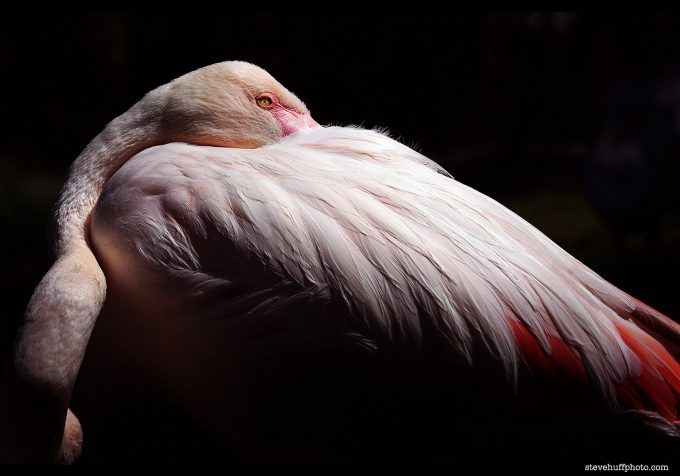
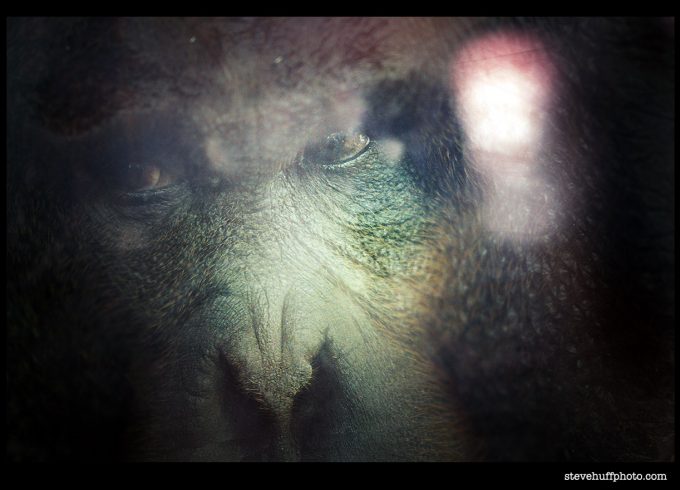
In Some ways, it bests the A7RII!
I LOVE LOVE LOVE My A7RII. These days it is my #1 go to, even though I have a Leica SL and Olympus PEN-F and this A6300 on hand. BUT, the A6300 is smaller, it is faster, it is more responsive and for many would be a preffered choice over the $3000+ A7RII. For example, on full frame you deal with a more shallow DOF which many times has caused focus issues for some. With APS-C your images may appear sharper, crisper and your DOF is easier to work with. So for the size game, A6300 wins. The speed game, A6300! Now the A7RII, IMO, has an even better sensor, more Dynamic Range to work with and better low light. These days though none of us can complain much about low light use (unless we are dealing with Micro 4/3 which is the main weak point of that system) with any camera as they all do very well in low light. Bottom line though, this A6300 can rock out just as well as it’s bigger brothers for much less cash. You lose FF benefits but gain APS-C pros.
The next set of images were all shot with the A6300 and Petzval 58 1.9 (my review here). Lovely but unique lens that gives us the massive “Bokeh Swirl”. All at f/1.9 wide open. I prefer this lens on the A6300 over the A7RII!
The A6300 is all 98% of us reading this review would ever need
It’s true. We often, as enthusiasts and die-hard photo nerds buy things we do not need. I am guilty of this each and every month it seems. We want the latest, greatest and newest tech. It gets into our bones like a disease and for years, this “disease” has had a name called G.A.S. (Gear Acquisition Syndrome). We buy, sell, lose money and repeat the process. I admitted years ago I had this sickness, and I can not escape it. I read reviews, look at videos, specs and think “wow, I NEED THIS camera”. Fact is, after purchase, 9 times out of 10 I did not “NEED” this expensive camera. While I LOVE these cameras (like the Leica SL and A7RII) that are expensive, I also realize that many times the camera is more capable than I am. The A6300 is also more capable than me, so if I move out of the G.A.S. world and into “REALITY” I realize that a camera like this is all I would ever need. It offers me all I need. Access to all of Sony’s killer lenses, the speed I need for quick AF, the great EVF and swivel LCD, the nice low light ability, and video features I may one day dig into.
Yep, this A6300 is a modern-day stunner. It ticks the boxes of all things that are important and I truly have not found a weakness. I mean, look at the Amazon reviews, which almost give it a perfect 5 star rating over almost 80 reviews..
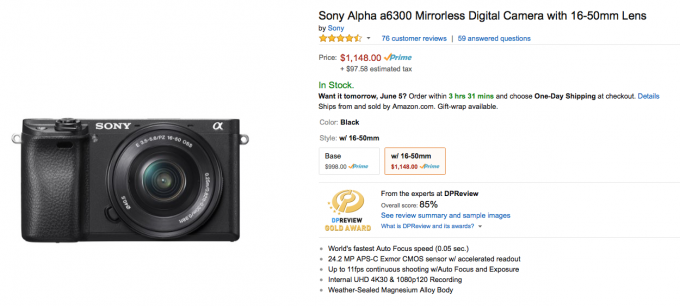
The A6300 with a kit zoom has 76 reviews and nearly 5 stars across the board (but not quite). This camera, to me, beats the Fuji X-Pro 2 that I had here for a bit. It’s easier to hold, I enjoy the LCD more, its faster, feels more solid, and is smaller. It’s also hundreds less while giving what I feel to be a more streamlined user experience. Nope, it does not have the gorgeous Fuji looks but it has incredible innards. I wish Sony would create a cool body design though. I even spoke with some higher-ups about it at Sony and they pretty much said “not gonna happen”. I still have faith that one day Sony will release a special camera with a retro design, even if it retro as in old 1970’s Minolta throwbacks.
We shall see but I feel Sony is all about slick and discreet and not falling into the retro trap that Fuji and Olympus has. I love my retro designs though many do not.
The A6300 rocking with the 50 1.8 shot at f/2
–
This one with the 28mm f.2 at f/2
–
28mm f.2 at f/2
–
The 50 1.8 at f/1.8 wide open, full AZ 114 degree sun
What I have been seeing from the A6300 sensor is HIGH Dynamic Range. Looking at the photo above shot with the $249 50 1.8, the harsh AZ sun beating down at 114 degrees, she is partly in the sun, part in shade (her face) and yet we see all details. There is no blackness taking over or blown highlights. That’s all I needed to see to know the DR is fantastic.
COMPARISONS
The Sony A6300 vs the Sony A6000
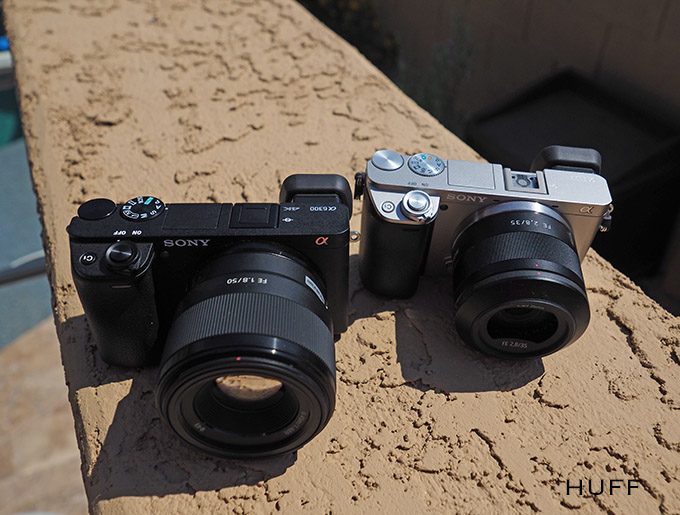
The A6000 was a super hot model for Sony. It was a sales leader and is still available today for less than the new 6300. But what are the main big differences?
- A6300 has a newly developed sensor, and while still 24 MP, it is said to have better light efficiency due to the copper wiring added. Sony says less noise and even sharper images.
- The A6300 now offers “uninterrupted live view” which mimics having an OPTICAL viewfinder at up to 8 FPS
- Faster AF and continuous AF. Not by much but the A6300 can lock on in under 0.5 seconds. The A6000 has a teeny but slower AF at 0.6 seconds. Not huge but its an improvement. BUT the huge news is the new CONTINUOUS AF mode which offers 425 PHASE DETECT points vs the 198 of the A6000. Also, the A6300 has 169 CONTRAST detection points. The A6000? Only 25. So the huge AF advantage of the A6300 comes from the CONTINUOUS AF TRACKING mode.
- Improved ISO performance and range. A6300 now up to ISO 51,200
- The A6300 has the silent shooting mode for complete silence
- 4K video and slow motion capabilities. For video enthusiasts, this camera is one to look at.
- Upgraded body that is dust and moisture resistant.
- External mic input that is also compatible with the new Sony XLR Adapter
- EVF of the A6300 has 1 more million dots than the A6000 making for a much nicer EVF experience. 2.4 million vs 1.4 million dots.
- A mount users get better AF with focal plane phase detection. Using your A lenses on the A6300 will be a much better and faster experience.
I own the A6000 and in the hand, the a6300 feels pretty much the same, with a tad more solid feel on the A6300. Controls are 95% the same as is the body. So in the hand and in use, they feel similar but the a6300 has a faster AF lock, and it is noticeable when shooting side by side. The EVF, as stated is nicer on the 6300 and it makes quite a bit of difference. New sensor should provide even better IQ, but let us take a look:
The differences here are clear to these eyes. I see a slight improvement in the IQ or AF, not sure which. The A6000 shots appear softer but the camera DID lock on with each shot. Lens used was the Zeiss 35 2.8 at ISO 100 and 1/800s
–
Same here but the 35 2.8 was set to f/4
So for the price of under $1000, the A6300 is rocking it and bringing improvements in many ways to the A6000.
–
The Sony A6300 vs the PEN-F
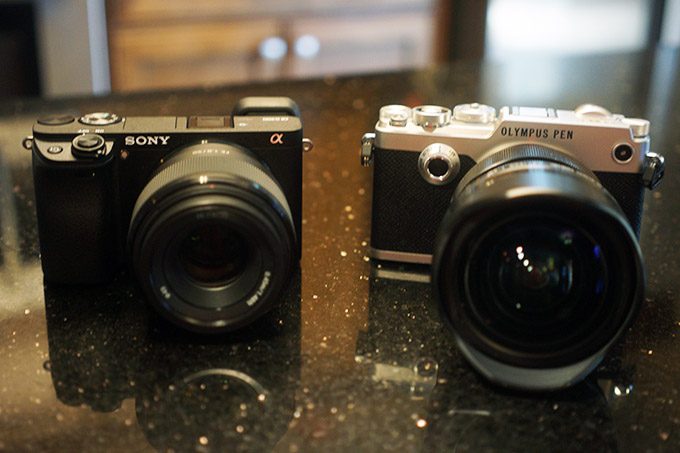
I LOVE the PEN-F from Olympus. It’s small, it’s built well, it looks amazing with its retro design, it performs amazing for being Micro 4/3 and it is probably one of the funnest yet most serious cameras I have ever used. If you somehow missed my mega review of this camera, see it here.
With that out of the way the PEN-F is using a Micro 4/3 sensor, which means it is even smaller than the APS-C sensor in the Sony. This means the Olympus will have less Dynamic Range, higher noise at any ISO and will have lower resolution. But even so, when taking shots side by side with each camera, the PEN-F holds its own with gorgeous color and richness to the files. I do not see superiority from any APS-C camera over the PEN-F files..well, only in low light. The PEN-F is lovely but will suffer when compared to the 6300 in AF speed, (pen is slower), in video (PEN is not up to par with Sony on video), and in low light (PEN will have more noise in low light).
So if resolution, speed, low light are your priorities, the Sony A6300 beats the PEN. If fun is a main priority and ease of use, the PEN takes it for me. But even though the PEN-F uses a smaller sensor, it is $200 more than the A6300. So as I said above, Sony is giving more for less. I am still more passionate about the PEN-F for what it stands for (fun, design, gorgeous results) but the A6300 is a serious little beast.
The Sony A6300 vs the A7RII
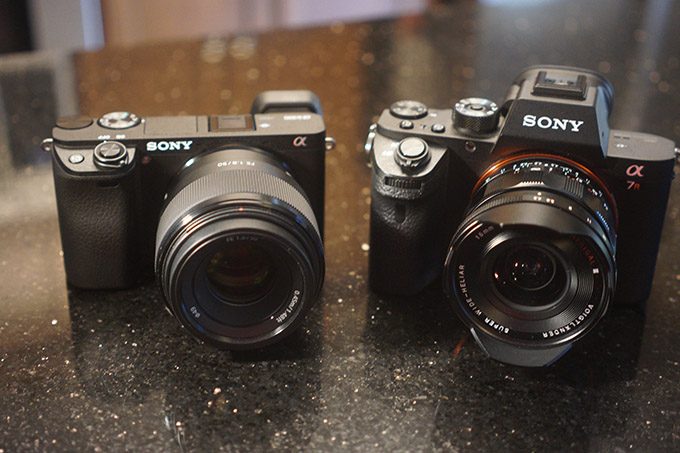
The A7RII has been my stand by, my go to, my #1 for a while now. Why? Because it allows me to shoot in ANY situation. It allows me to use Leica M lenses with great results for 95% of applications. It allows me to shoot gorgeous video, even in low low light. It allows me to have a full frame dynamic range powerhouse where nothing seems to blow out the sensor and where no shadow is too dark to be seen.
The A7RII is a true powerhouse and priced right. The A6300 is $2200 cheaper than the A7RII and this is where it gets interesting.
I see the A6300 as the “Mini A7RII”. Think of it as the sleeker, smaller, faster, smaller sensor version of the 7RII. While not as powerful of an IQ machine, it is close. While not up to the DR standards of the 7RII, the 6300 is close. While not up to the RII in heft and feel, it is sleeker, smaller and still built well (The A6300). The A6300 will not give you all that the 7RII does, but again, it is $2300 less and will suffice for almost anyone who wants a great mirrorless camera.
I see the pros and those who want the “best” in the Sony line going with the A7RII. I see every day enthusiasts and new hobbyists going for the A6300. Can’t go wrong with either.
ISO TESTS of the A6300
Below are some crops testing the ISO range of the Sony A6300. I NEVER EVER use studio lights to test ISO as NO ONE uses lighting and cranks up the ISO. ISO should be tested in dim or natural light conditions, as this is where we all well be using high ISO.
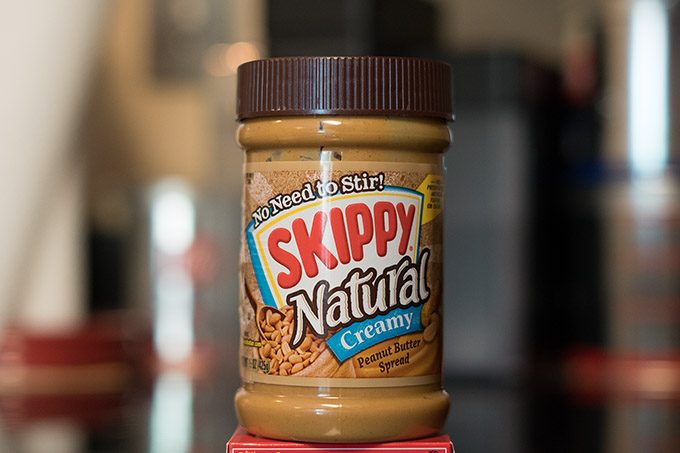
As usual with 90% of modern day cameras, ISO is not an issue. These were shot in my kitchen with no external light source, so indoors at mid day. ISO is looking good.
More shots below with the A6300 before my Pros, Cons and Conclusion…
50 1.8 at 1.8
–
28 f/2
–
28 f/2
–
28f/2
PROS and CONS of the Sony A6300
PROS
- It feels great in the hand. Small, sleek and solid.
- Swivel LCD
- Nice large crisp EVF
- Speed is fantastic, as is AF tracking
- Simple to use, feels like a camera not a computer (as some past ones have)
- Great low light use, HIGH ISO is not an issue here
- Works well with the inexpensive primes like the 28 f/2 and 50 1.8
- Faster AF than A7RII, more responsive than A7RII
- Can be a pro tool, if one desired it to be
- Fully customizable controls
- 4K video and video features are top notch
- For me, beats all APS-C competitors at less $$
- So far, as of June 2016 my pick for Camera of the Year (that may change)
- GREAT price at under $10000
CONS
- I think my PEN-F is more fun to shoot 😉
- It’s not full frame, so full frame junkies..move on
- Battery life gets 350 images per shot, Id like to see 500
- I’d like to see a more aggressive design. Something that looks as good as it performs.
MY BOTTOM LINE CONCLUSION ON THE SONY A6300
The Sony A6300 was a real treat to shoot with and use. It’s been a while since I pulled out the old A6000 and using the A6300 reminded me of just how fantastic the 6000 was. The 6300 is even better. I will keep this conclusion as short as I can as I said it all in the above review. If you are looking for a high quality camera that can do anything you need it to, even pro jobs, this camera can handle it. It will deliver results as good as you can deliver. It’s that simple. Sony has hit another one out of the park with the A6300 and I found no issues with it at all. Sure, I wish it had a more aggressive design and a 500 shot battery but we can not get everything we want 😉 I do have more fun shooting my PEN-F but feel the A6300 is a tad more serious due to the larger sensor, better low light abilities and faster speed. It’s a tool that can indeed be used by pros.
I remember just a few short years ago when mirrorless cameras were slow, clunky, and the tech was just not there. Today, these cameras are as fast as or faster a DSLR, they are smaller, sleeker, built very well and offer us, the photographers, such a massive choice. With so many great mirrorless cameras today, as well as lenses, there is no more reason to trash talk these little powerful wonders. The A6300 is one of the best of the lot for 2016.
The A6300 should be another massive hit for Sony just as the A6000 was. It’s a near flawless camera that fits the bill for most amatuers, enthusiasts and some pros looking for a 2nd body.
WHERE TO BUY?
You can buy the Sony A6300 at my preferred dealers below, B&H Photo and Amazon. Two of the biggest and best Sony camera dealers in the world.
BUY AT B&H PHOTO
BUY AT AMAZON
BODY WITH 16-50 KIT ZOOM for $1198
RECOMMENDED LENSES for the A6300
—————–
PLEASE! I NEED YOUR HELP TO KEEP THIS WEBSITE RUNNING, IT IS SO EASY AND FREEE for you to HELP OUT!
Hello to all! For the past 8 years I have been running this website and it has grown to beyond my wildest dreams. Some days this very website has had over 200,000 visitors and because of this I need and use superfast dedicated web servers to host the site. Running this site costs quite a bit of cash every single month and on top of that, I work full-time 60+ hours a week on it each and every single day of the week (I receive 100-300 emails a DAY). Because of this, I could use YOUR help to cover my costs for this free information that is provided on a daily basis.
To help out it is simple, and no, I am not asking you for a penny!!
If you ever decide to make a purchase from B&H Photo or Amazon, for ANYTHING, even diapers..you can help me without spending a penny to do so. If you use my links to make your purchase (when you click a link here and it takes you to B&H or Amazon, that is using my links as once there you can buy anything and I will get a teeny small credit) you will in turn be helping this site to keep on going and keep on growing.
Not only do I spend money on fast hosting but I also spend it on cameras to buy to review, lenses to review, bags to review, gas and travel, and a slew of other things. You would be amazed at what it costs me just to maintain this website, in money and time (250 hours a month, and about $3000 per month).
So all I ask is that if you find the free info on this website useful AND you ever need to make a purchase at B&H Photo or Amazon, just use the links below. You can even bookmark the Amazon link (not the B&H) and use it anytime you buy something. It costs you nothing extra but will provide me and this site with a dollar or two to keep on trucking along.
AMAZON LINK (you can bookmark this one)
B&H PHOTO LINK – (not bookmark able) Can also use my search bar on the right side or links within reviews, anytime.
Outside of the USA? Use my worldwide Amazon links HERE!
You can also follow me on Facebook, Twitter, or YouTube. 😉
One other way to help is by donation. If you want to donate to this site, any amount you choose, even $5, you can do so using the paypal link HERE and enter in your donation amount. All donations help to keep this site going and growing!![]() I do not charge any member fees nor do I (nor will I ever) charge for reviews, so your donations go a long way to keeping this site loaded with useful content. If you choose to help out, I thank you from the bottom of my heart.
I do not charge any member fees nor do I (nor will I ever) charge for reviews, so your donations go a long way to keeping this site loaded with useful content. If you choose to help out, I thank you from the bottom of my heart.

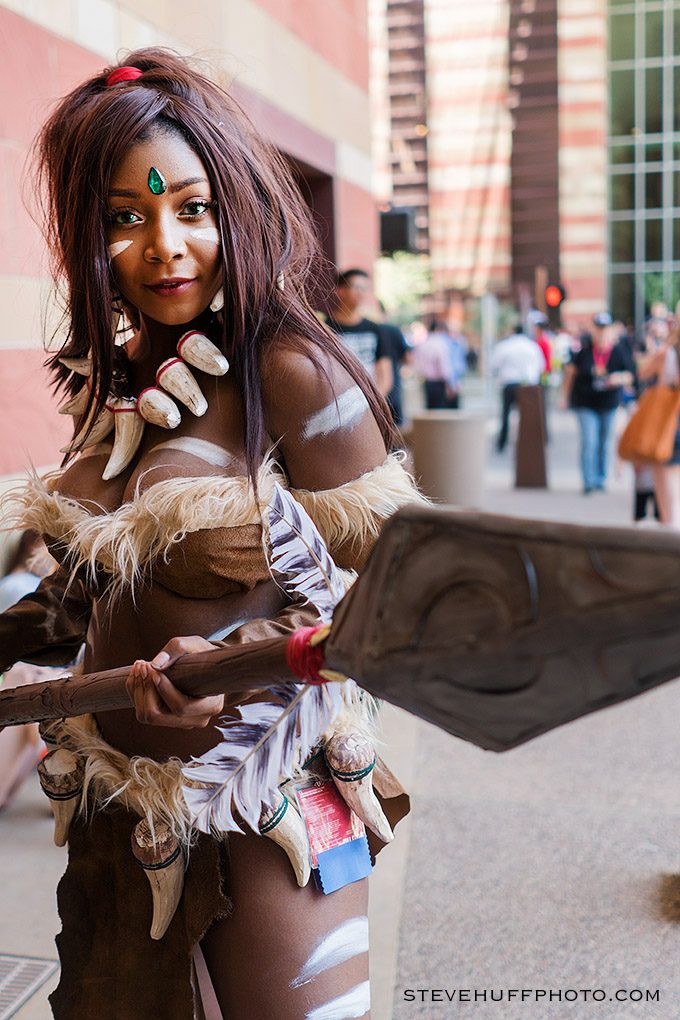
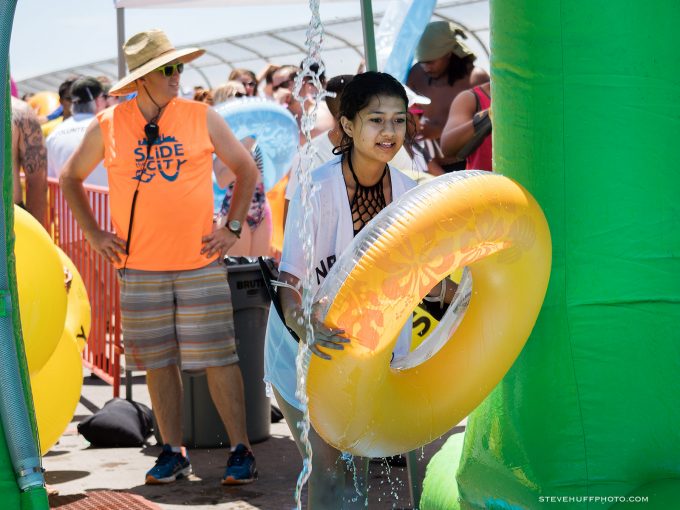

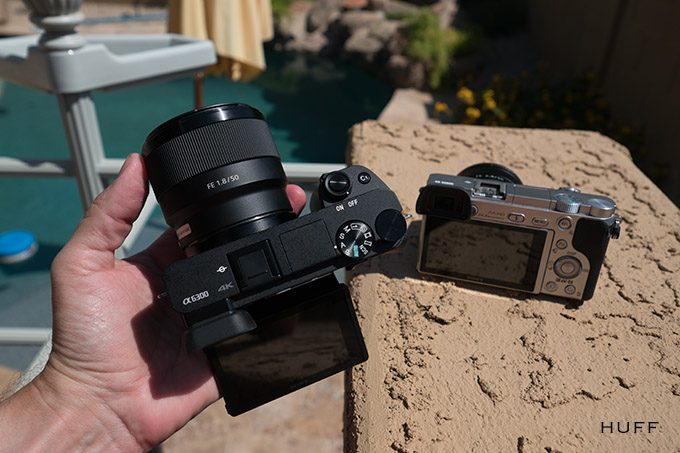
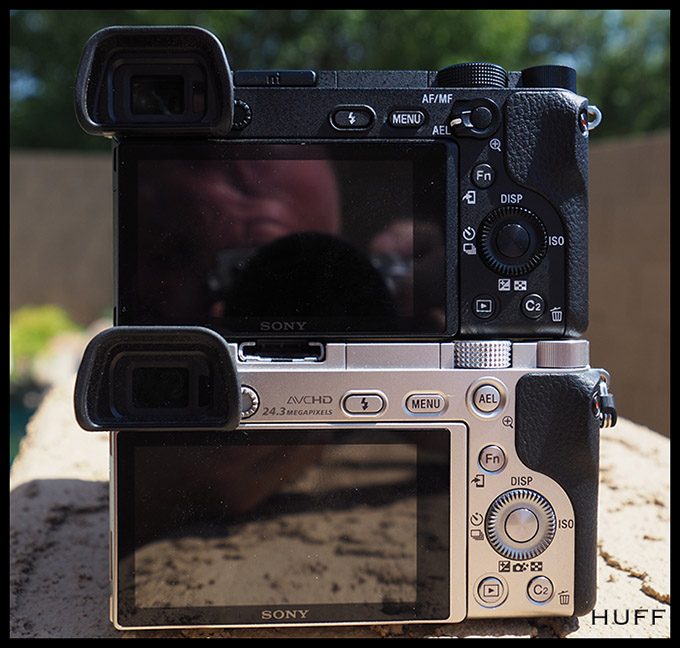

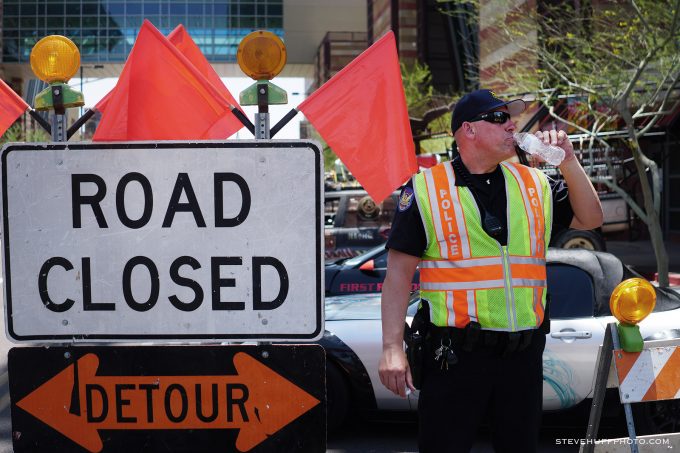
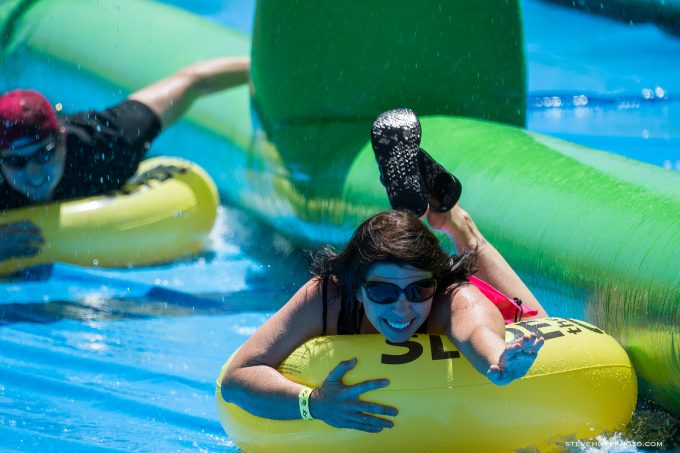
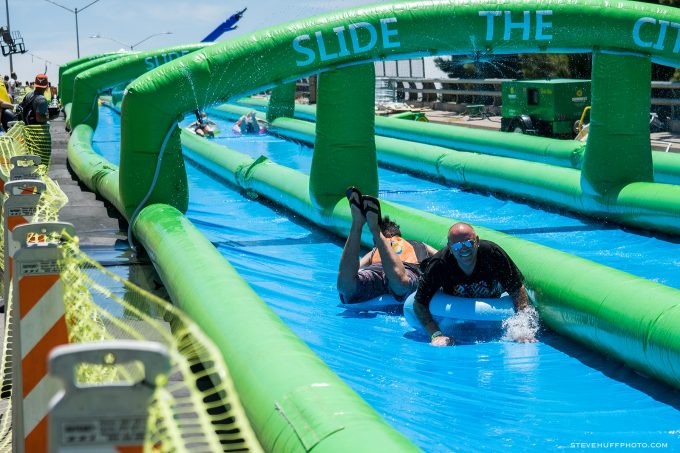

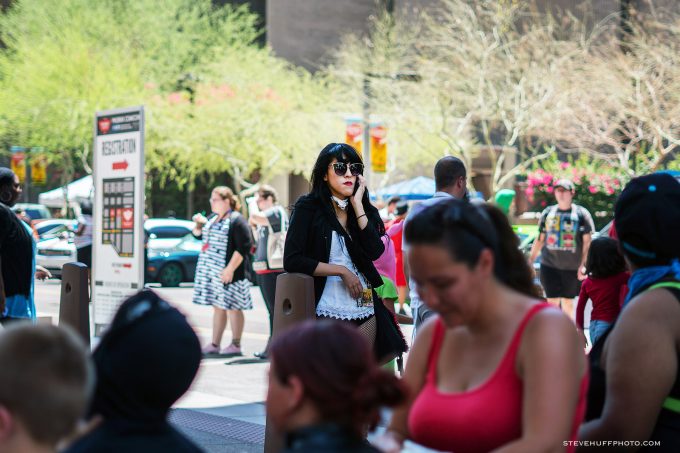
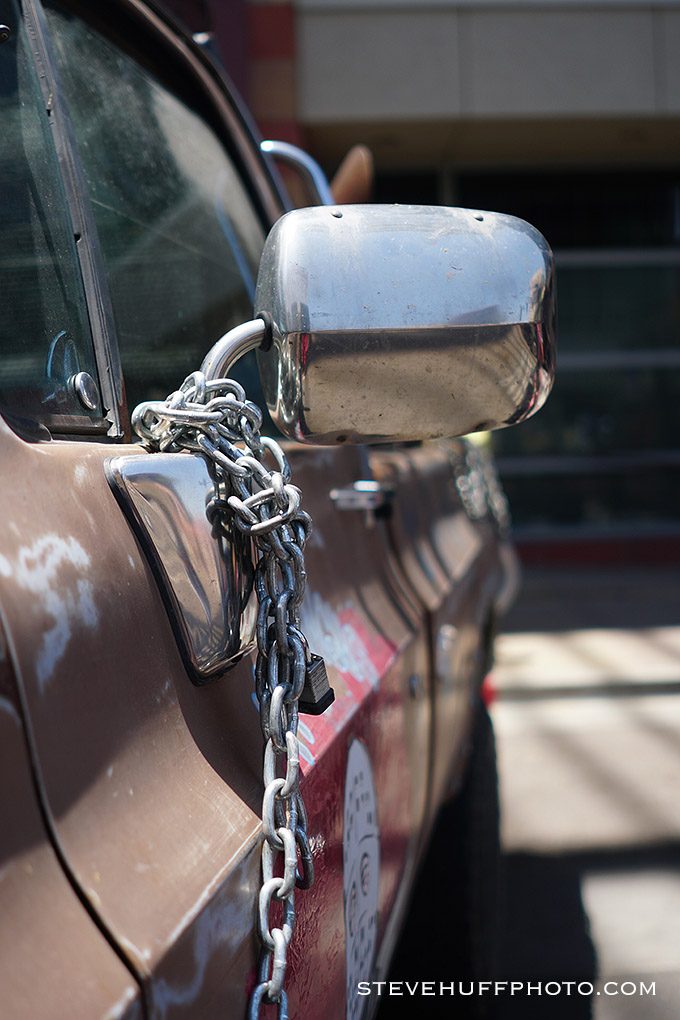
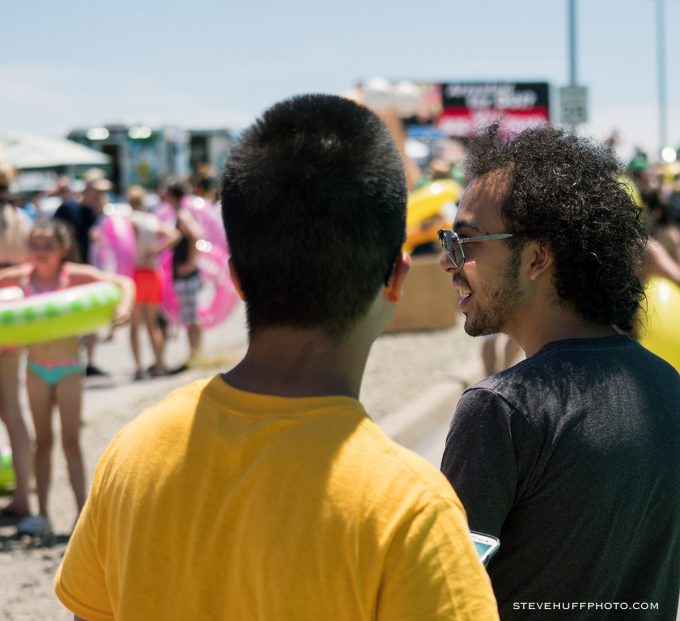
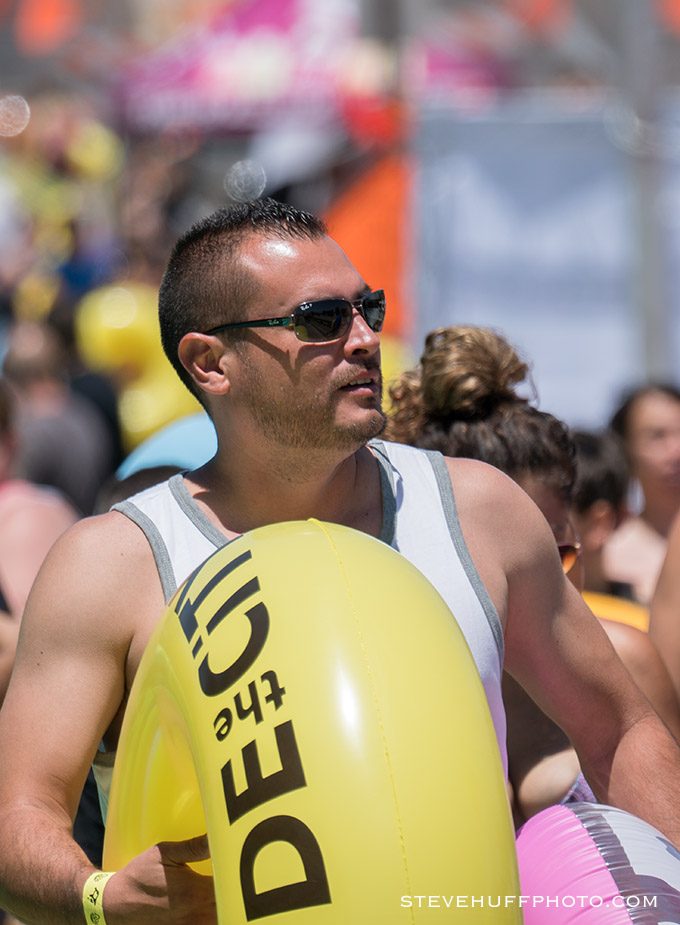

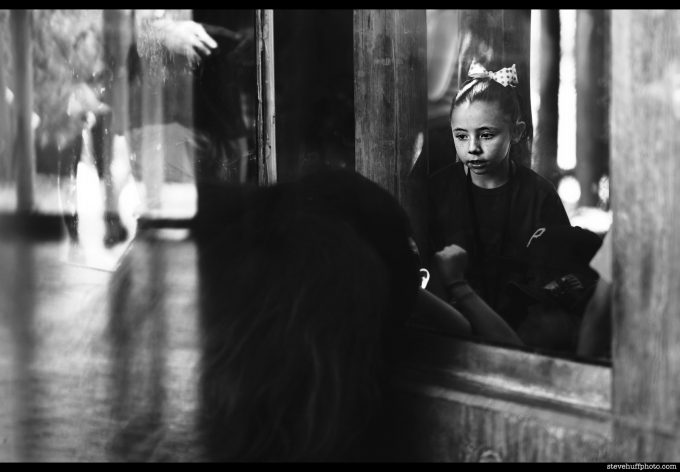
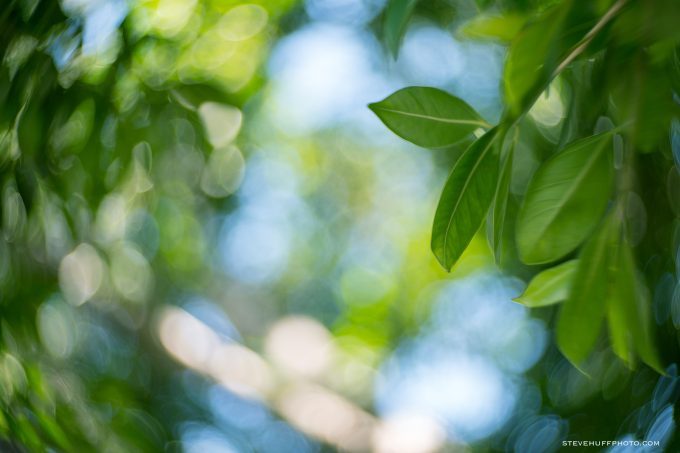
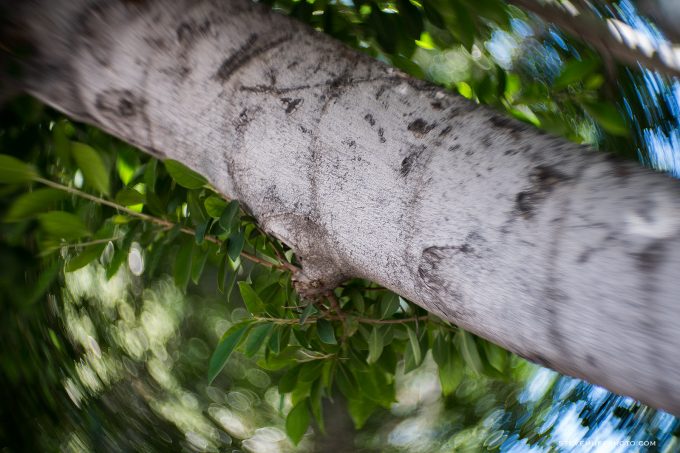
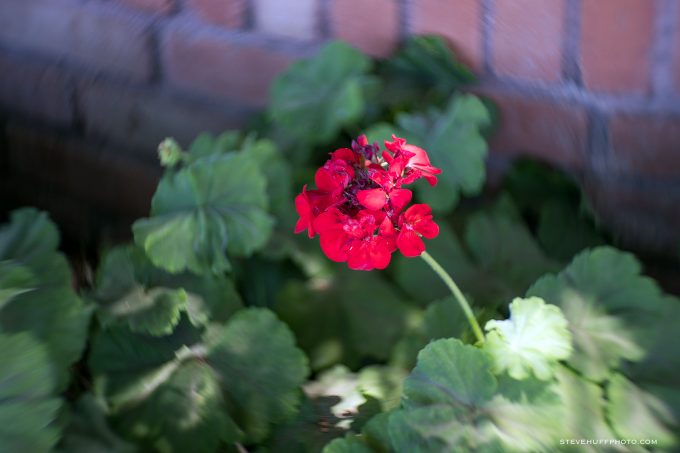


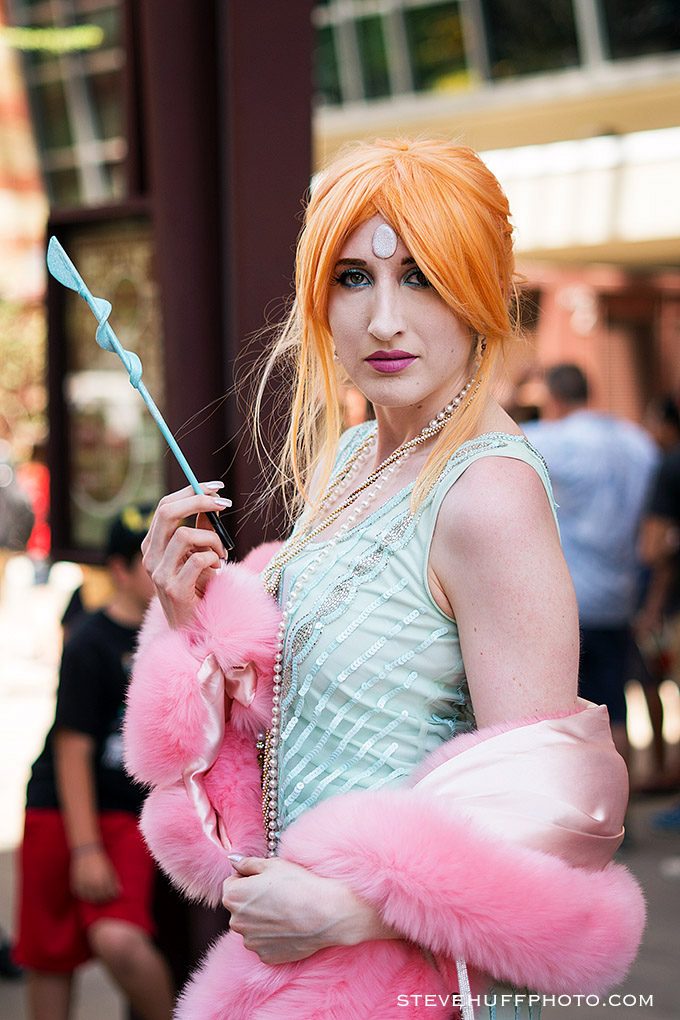
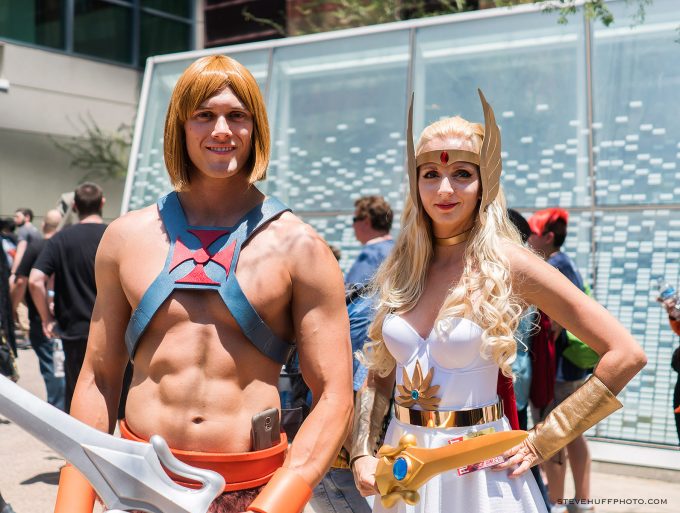
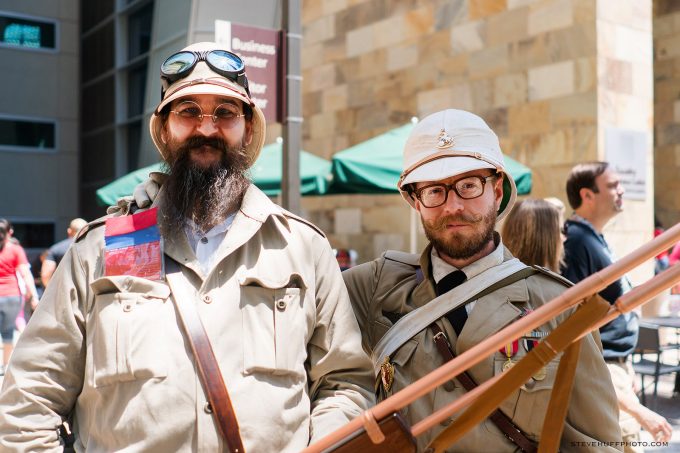
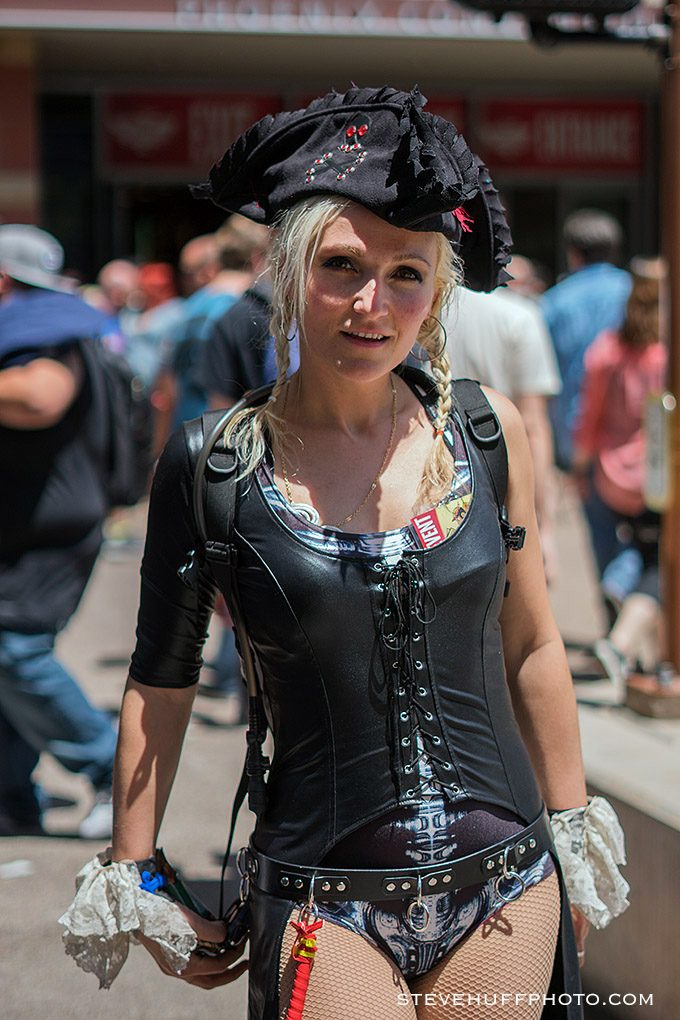
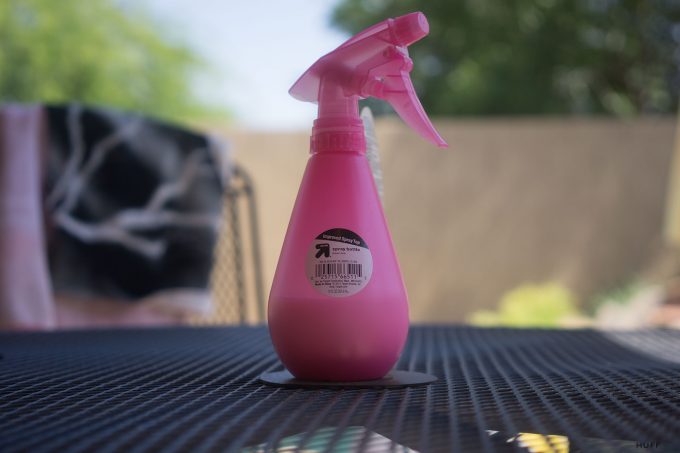


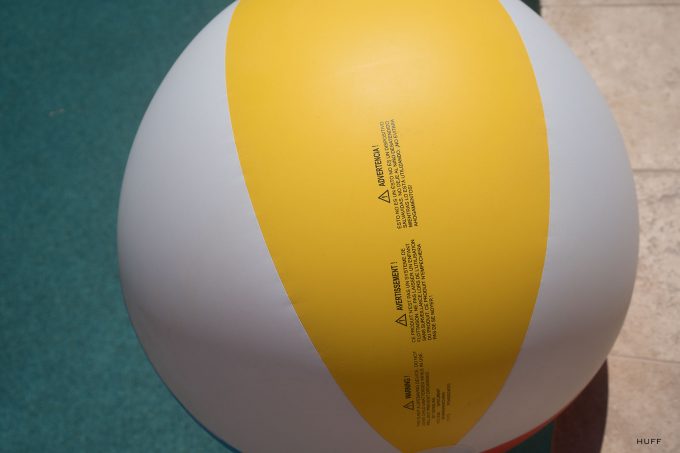
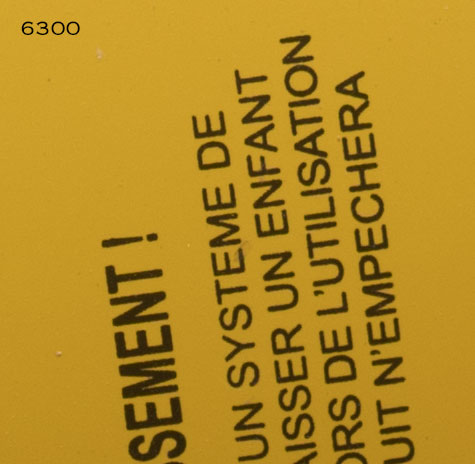
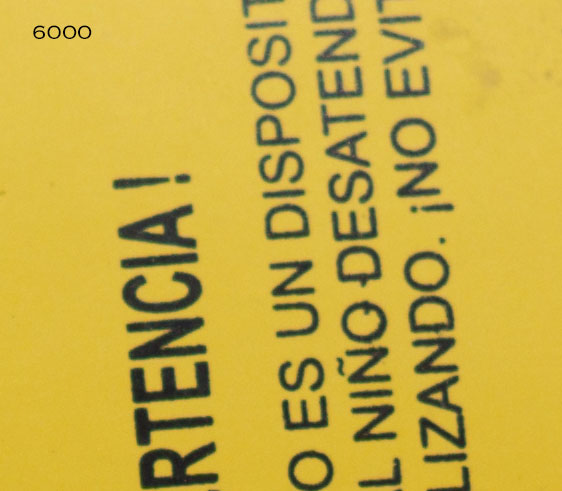


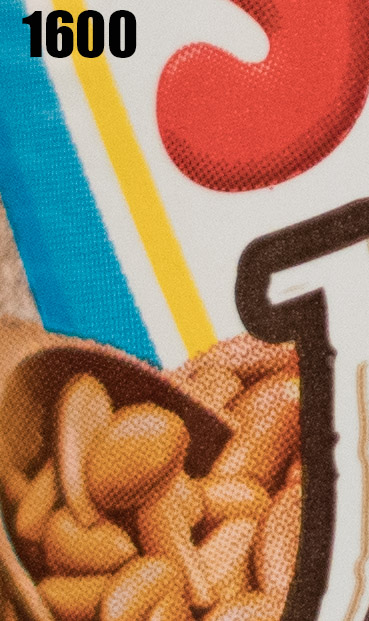
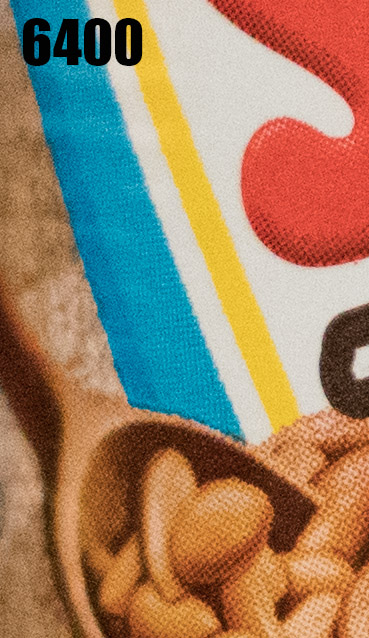
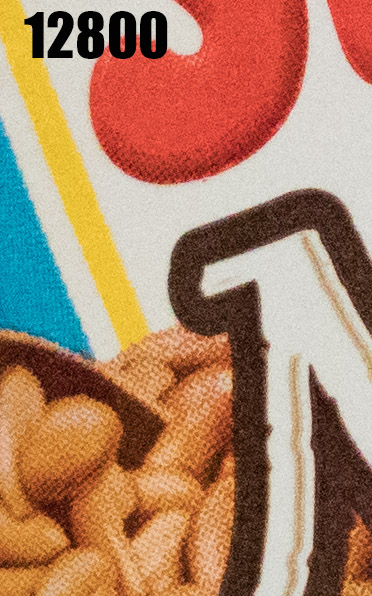
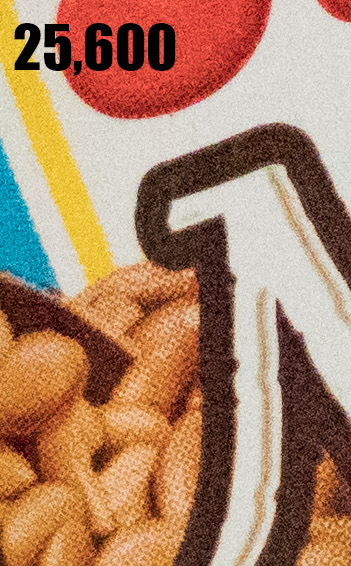
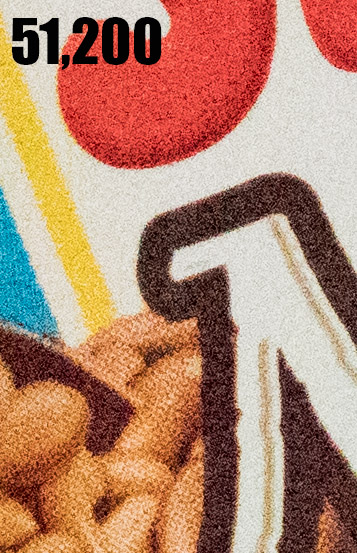
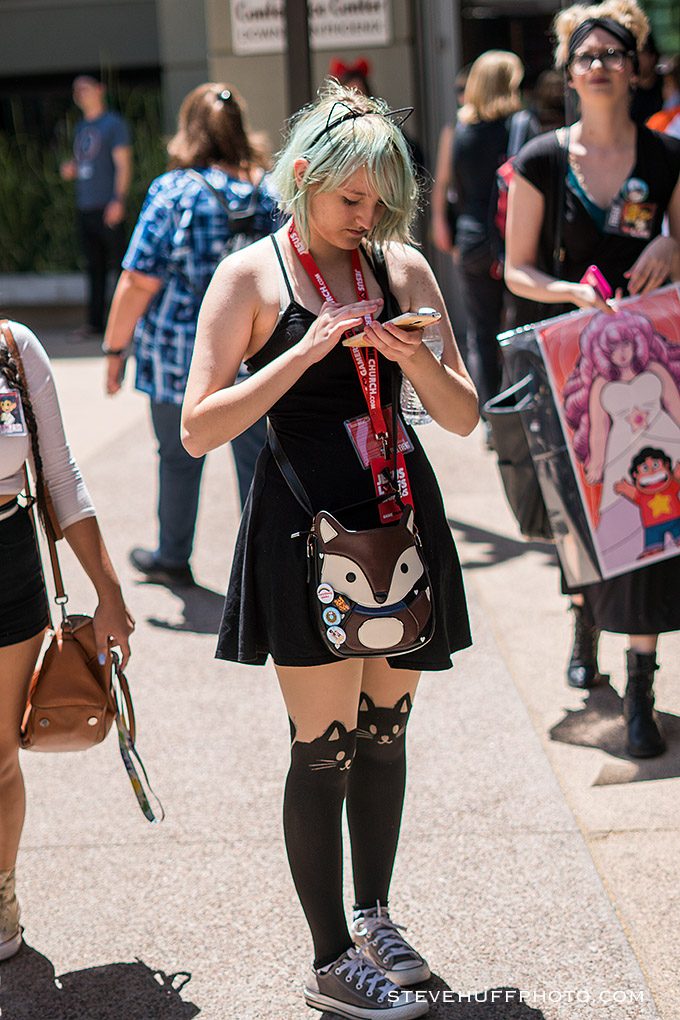
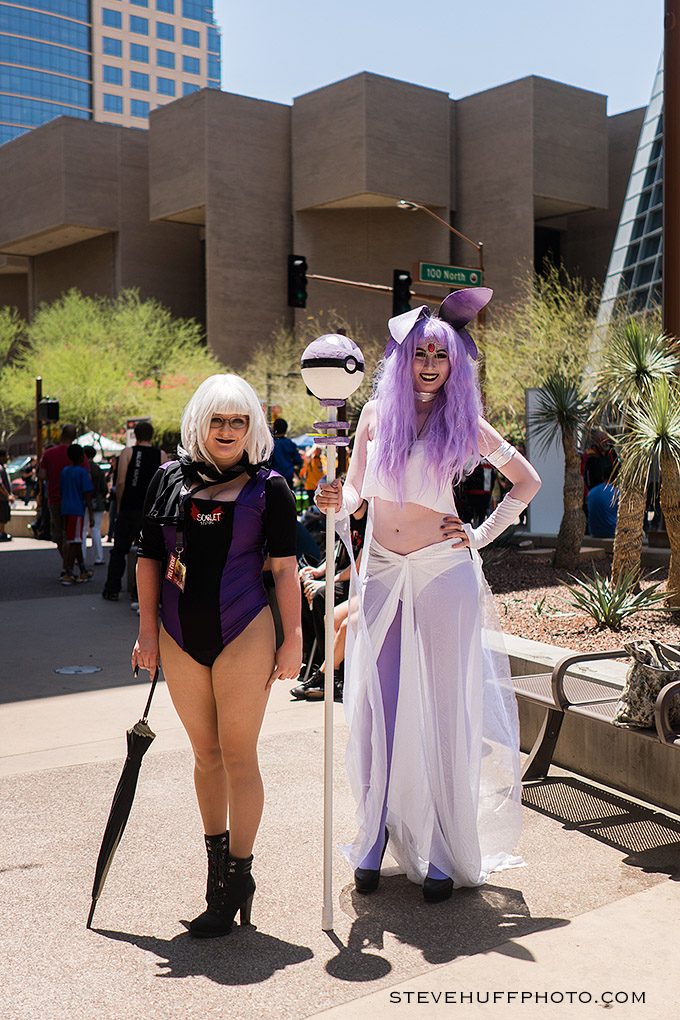




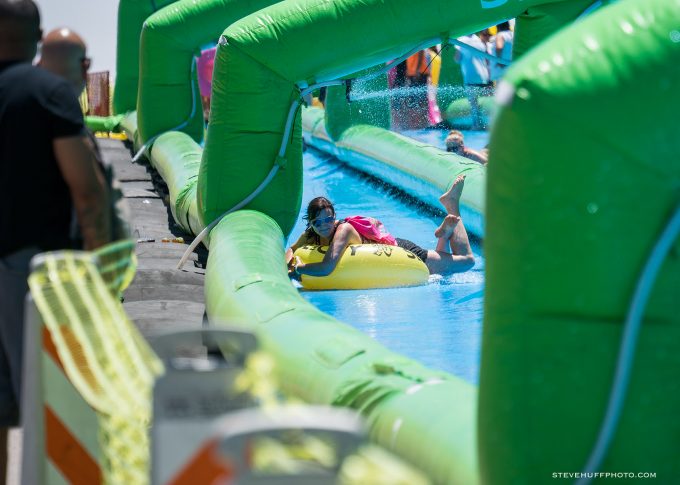
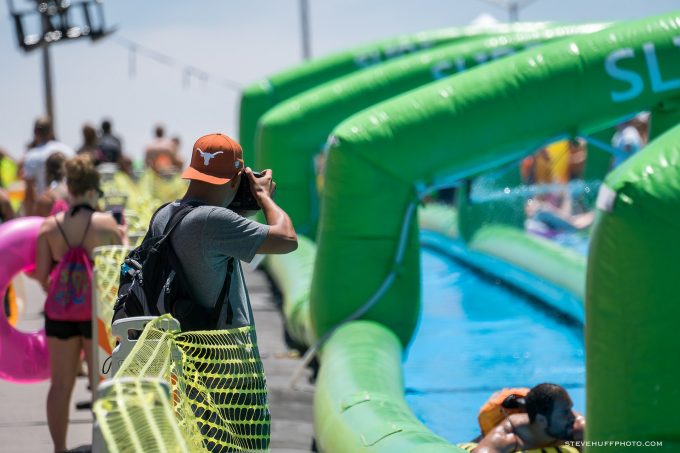
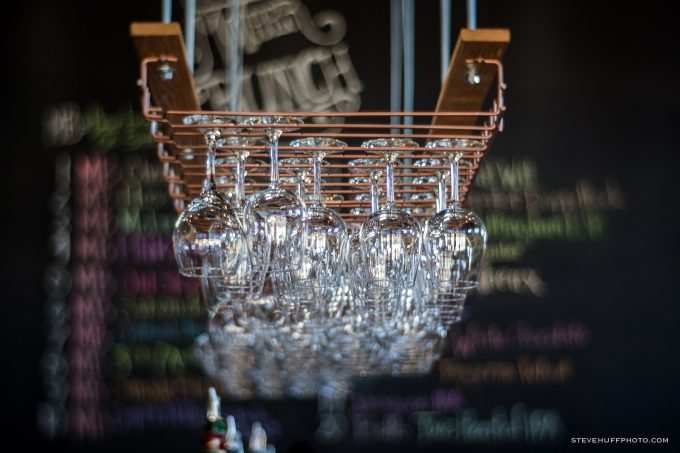

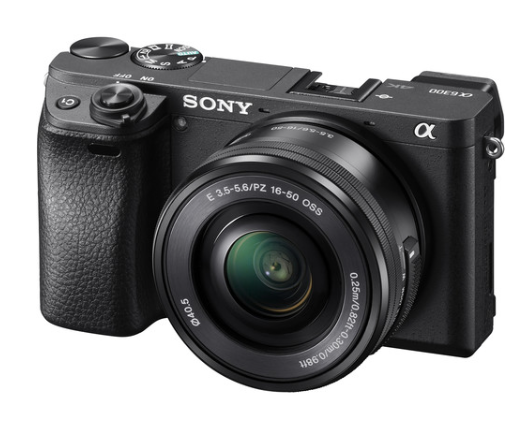
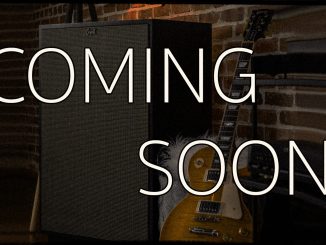

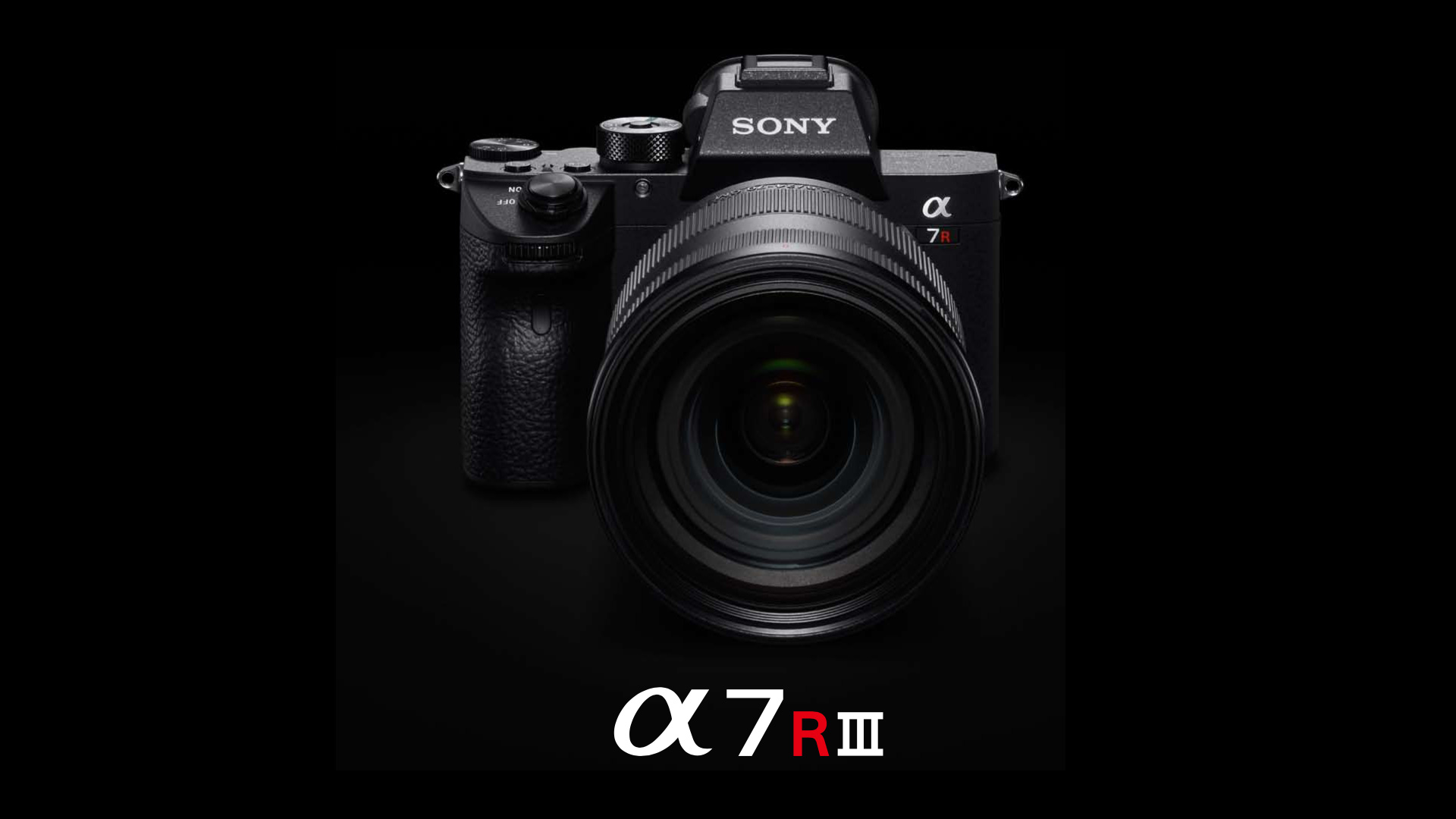
hi Steve. I ve read too much about the big three: Oly OMD, Sony A’s, Fuji X’s. I bought second hand, the e-M10 mark2, XE2, X100s, and A6000. After having these four 6 months i still cant make up my mind, they all have their benefits. If i were more convinced on the IQ of Oly it would be a no brainer, what a fun fast charming cam. Most of teh time i prefer A6000 pics, but too often its pics are boring (but rich). At first i was a Fuji fan, and i read about your critique..and now i agree. When i look at XE2 images they are sharp and easy to love, but somehow they ar not easy on my eye, like its not balanced, especially when complexe structures like leaves/nature. Sony always delivers a solid image. And Oly somestimes is too flat or washy for my taste.
So what would you do, when having a budget of say 1400 euros for a second hand. (all my cams have their standard kit lens). Keep A6000 and buy a superb lens. Get a 6300/A7-2 with a normal lens. Get a XT1 (does it really differ in IQ with XT2 or Xe2), it seems to me that the new Fuji sensor are easier on the eye, more balanced- Or keep the Oly and buy one of their PRO lenses? will i still be able to print on A1/A0 format?
So will good lens solve my problems, will an upgrade? I have to say i do appreciate the character of the Canon M5 images, but it doesnt get good reviews…well…at least i will be able to write a nice blog about these four cams..What is your idea on this matter?
Hey Steve,
I know this is an old review but hopefully it’ll get to you. I have the a7rII and the a7II and after using the a7rII for a few weeks now I’m starting to realize or admit the A7II weaknesses. I am now thinking that the a6300 might be a better companion to the a7rII. I know the full frame benefits but do they outweigh the speed, handling and IQ of the a6300? I don’t feel like the aging sensor, slower AF and poor low light performance would be worth having next to the a7rII (will it ever get used?). Do you think the a6300 would be a better choice than the A7II?
Thanks for the great site!
If you want a companion to the A7rII and already own an A7II, do you want the 2nd as a backup? If so, Id keep the II. Do you want a whole different feel and vibe? Go for the 6300. The 6300 will be faster and more responsive, and smaller but the full frame feel and look will not be there.
Steve, thanks so much for the really useful/practical reviews. I am in the market for a travel camera (city, street, and landscape scenes) and am close to settling on the 6300. The one comment you made that has been reinforced in other reviews is that the dials/controls on the Sony are less intuitive and more complicated than others (Oly Pen F being in the running for me). Can you comment further on what makes the Pen F “fun”.
I have owned Oly (my first 35mm SLR), Sony (my first digital point & shoot), and Lumix DMC LX5 which is my go to now. Even a Mamiya 6X7.
Today just want something small, sturdy, and capable of high IQ with IC and EVF.
I will use your Amazon link to support the cause and sincerely appreciate your generosity in sharing so much useful information.
I need lens advice. I’m in the process of buying a prime around 30mm focal length, it’s my first prime. I shot both video and photos and I need it to be good in low light and I do most shoots handheld. I checked various reviews site and Dxomark and it seems the Sigma 30mm/1.4F DC DN ticks all the boxes. But the Sigma doesn’t have stabilization (OSS). The only alternative lens with OSS is the Sony 35mm/1.8F OSS.
Which one should I get? Since the Sony lens have OSS I gain some aperture and can shoot with a faster shutter speed right? Will it equal the Sigma in handheld situations?
Any ideas, tips, comments appreciated 🙂
Sorry, you can delete this duplicate entry. I couldn’t see my initial entry so i redid it thinking that something went wrong. Just as i did I noticed it at the very top. Sorry about this…
The Sigma is nice in IQ but dog slow to focus. Id go with the Sony if it were me. Thanks!
Great review! I’m in the process of buying a prime around 30mm focal length and i need some advice. I don’t have any previous camera or lenses so i don’t need the new lens to be compatible with anything byt the A6300.
I shot both video and photos and I need it to be good in low light and I do most shots handheld. I checked various reviews site and Dxomark and it seems the Sigma 30mm/1.4F DC DN ticks all the boxes. But the Sigma doesn’t have stabilization (OSS). The only alternative lens with OSS is the Sony 35mm/1.8F OSS.
The Sony lens have OSS but higher aperture, does this mean that in a handheld situation the Sony will be equally fast as the Sigma?
Which one should I get considering my planned use and how important is SSO?
Any ideas, tips, comments appreciated
Thanks for the excellent review. I noted that this review cannot be found the Mirrorless central page?
Regarding the better low-light performance vs for example Pen-F, I assume that the advantage is mostly valid when you are using a stabilized lens on the Sony?
“Nope, it does not have the gorgeous Fuji looks but it has incredible innards. ”
Er. Steve, no offense but the Fuji Xpro 2 also has incredible innards. In particular, it virtually share the same sensor with the more PDAF / Xtrans Color filter array difference.
Also the Fuji interface beats Sony’s any day of the week by several miles- not saying the 6300 is bad or anything. All cameras are great now. But the Fuji does have its advantages. For one, I would take any Fuji jpeg over anything else any day- though I will concur with you that the PenF has a really great JPEG engine also.
Steve- thanks a lot for your thoughts on the PenF va the Sony. This camera was in my short list but after lots of deliberation in the last months finally got a PenF last Sunday.
I just say I have to agree with you on the files of the PenF and te new JPEG engine. They are really good and this surprised me. I like the Sony idea but I am trying to optimize for size.
I would love to see a add-on post testing a6300 with the CZ 50 1.5 Sonnar for candid people shots
Just lost all of my Fuji gear to theft. Starting out anew. After using a friends 7Rs I would seriously consider the shift to FF (+Video!). BUT… heavy, cumbersome and somewhat blurry out at the edges, Sony lenses leave quite a bit of disappointment to be considered. My FUJI 14mm f 2.8 for example, where, in that class of lens IQ, is SONY in it’s line up for wide, sharp and optically correct? Yeah there are LEICA and ZEISS lenses but at a serious price premium. To me there is no cost to IQ ratio that beats FUJI X in the current photographic instrument arena. This Sony 6300 also has unbeatable potential as a body choice, but the optical support is just not there at the same economic level. I have no other option now where I get “Red Dot” IQ for a lot less “M”oney like I get with FUJI X! C’mon, Sony, make some great lenses at great value, small and sharp and you will have a tsunami of new followers. Sony always just misses in many ways in one overlooked detail or another in their zeal to impress the market – they always do shoot themselves in the foot, never fully following through so to speak. IMHO.
While costing more money, the X-Pro2 is worth it as it beats the A6300 in almost every respect, save possibly AF performance (though the X-Pro2 is also very good right out of the gate, and will receive additional firmware updates that will keep refining it further)…
– Better overall colors and tonality from the sensor; much better skin tones
– Superior B&W OOC images
– Much better build quality (full magnesium chassis, weather sealed, shutter rated for a minimum of 150,000 cycles)
– Much better ergonomics in every respect (this would be a separate list on its own)
– Vastly superior main menu; easier to navigate with the option of the MY Menu function (and, of course, the Quick menu)
– The hybrid viewfinder offers greater flexibility
– Better pro feature set (e.g. ability to tie focus points to spot meter, etc, etc, etc.)
– Far superior range of dedicated APS-C lenses, and of higher optical quality than any of Sony’s APS-C lenses
…the list goes on…
Sony may *finally* have some decent lenses with their new G pro line. That and the amazing 55 F1.8. After that it starts going downhill but at least they got some basic ranges covered. Fuji like you said, is all amazing lenses pretty much with the “bad lenses” just being “good to pretty good.”
Hi Steve, thanks for the nice reviews on your site, I have enjoyed reading them!
I am an amateur photographer, who is planning on moving from a point and shoot / smartphones to a decent camera. I mainly do landscape photos and portrait photos as my wife and I are travelling at the moment, selfies and some street photos. We maybe doing some videos in the future. So, in short, we are looking for a daily all rounder camera.
I’d like your opinions if you were to choose between the Olympus E-M5 II vs Sony A6300 vs Panasonic GX8? As I have been torn between them, and cannot decide which to go for. Many thanks!
Sir I want to know which 50mm you have used. Is it 50mm f1.8 for full frame or 50mm f1.8 OSS for APSC. Please also suggest me an all round lens for a6300.
The Sony-Zeiss 16-70mm f/4 is a great all-round lens. 24-105mm EFOV.
Hey Steve. Any thoughts about panasonic gx85? Especially in low light situation..some people says because of the Stabilizations those cameras are equal in low light..???
Would you do a review with gx85?
I will not be trying the 85 until next week. In the review for it I will let you know what I think. Looks good, that I know!
Nowhere close to Fuji.
Hi steve. Can you do a side by side comparison of shots of pen f and a6300 with the same subject?
Sure, will do next week.
Wonderful review Steve.
Also, I wanted to ask you which is your favorite current camera from all those jewels u have. If there was a fire and could only grab one, which one would it be?
It changes from day to day, some days it is the PEN-F, others its my A7RII and others it is the SL. The PEN-F is a great grab and go though.
“… when taking shots side by side with each camera, the PEN-F holds its own with gorgeous color and richness to the files…”
The Sony A6300 is technically great and I like its looks better than any retro styled Olympus or Fujifilm, but I cannot get exited about the colors that are produced here. Is it the harsh Light?
If it only had a touch screen
To me (a Fuji shooter), the critical difference between the two is the large Fuji dedicated aps-c lens line. The Sony has a few good aps-c lenses, quite a few terrible aps-c lenses, and some nice FF lenses that come with a significant weight (and often cost) penalty. Fuji has 20+ aps-c lenses to choose from, all at least good and many excellent. If Sony would make more great lenses to go with their bodies, that would really help… The FF zooms are HUGE on an aps-c body (they’re not small on anything), and all the aps-c zooms except the 10-18 are very low end consumer lenses (even the 16-70 is not as good a lens as Fuji’s 18-55, let alone the 16-55 f2.8 that is in the same price range). Come on Sony, release some nice compact aps-c zooms (and more primes) to go with your nice bodies…
FYI Under PRO Section…I think you meant under $1000 vs $10000
Very nice review Steve! BTW did they strengthen the mount and also add the level feature like what NEX6 has?
No mention of the 6300 silent mode !!?
Anyone’s help/comments are welcome.
I’m on the fence for a good travel camera between the Olympus F, m10, X-pro II, T10, and 6300. Two decision points are the lens-body combination size and the low light ability. For lenses I want the full frame equivalents of a 24/28mm, 35mm 50mm, 85/90mm and a 28-200/300mm.
Size/weight compared who is the smallest to largest?
The Sony aps-c lenses sound lack luster at best with just a couple of good ones correct? (Meaning they can’t match the quality of the sensor. 16mm/35mm/50mm/zooms). Given the quality of Oly and Fuji glass, which is worth the long term investment, a great body with ok lenses seems like a loosing battle. I will not be putting FF glass on the Sony. Any thoughts?
For low ISO I’m only interested in where each body just can’t match the others ISO and how much difference. Example of where eyebrows turn to blotches at what ISO for each camera. Any info on that?
I shoot a D800 and pro glass for work and have that for any resolution needs. This would be just for travel/web and maybe printing a max of 10×14″ prints.
Thank!
Well, many Sony lenses out resolve their sensors, but buy the good ones. The Zeiss/Sony offerings, the Zeiss offerings (Batis and Loxia) and some Sony G offerings. Plenty of great lenses with Sony that are fantastic. The PEN-F is wonderful to use, more fun and not any less serious besides in low light situations. Lenses are smaller, more “jewel like” and again, the better offerings are stellar – 7-14 Pro, 300 pro, 40-150, 42.5 Nocticron, 15 1.7, 25 1.4, and so so many more.
I do enjoy the Micro 4/3 lens offerings more. Id also take the PEN-F over the EM10II or EM5II.
Thanks Steve – can you advise why you’d take the pen-f over the OMD models?
Same IQ, same speed, nicer body, more comfy feel, more features, more fun to use.
How much of a low light difference at 1600-6400?
My favorite lens for IQ on the A6300 to date is the Zeiss Loxia 21mm F2.8 (although I wish it was lighter).
I have all the Batis and they are too large for me.
The 35mm F2.8 is a close second (but too long @ 50mm).
No perfect lens for IQ and weight yet, although I will try both the Sony/Zeiss 24mm F1.8 vs the Sony 28mm F2 to see if they are a better match…
PEN-F has larger touch screen with swivel function and IBIS. With IBIS + Prime you have amazing low light capability (pixel shift, keestone correction, focus stacking, live composite, snap back lenses…).
PEN-F is build for the 80th anniversary as a collectors item (full metal jacket) and give You the Olympus spirit of making photography easier to be creative while shooting (life is to short for RAW).
All new cameras are very potential, with steve`s words:
You have to feel comfort,
You have to take it in your own hand,
Your have to find out if the camera fits your individual demands (Ergonomic, !Lenses!, Color, Settings)
Just download the manual and visit Your confident dealer (listen to Your heart/guts).
Hi Steve,
Thanks for the great review and all the work put into making it. In your cons you list the battery life at 350 shots. Is this your actual experience, or were you going by the specs? I’ve had the 6300 for about a month now, and have gotten as high as 1420 shots before the battery dies (all RAW files). I have the camera set to airplane mode, a 2-second image review, 120 refresh rate in the viewfinder, and often shoot in hi burst mode (high+). I do some chimping, but not a lot as it’s not necessary for checking exposure. I’m using only Sony batteries.
Ive gotten around 400, give or take a few. Specs say 350 so I went with that as we can not predict how one will use the camera. I never chimp, and lasted around 400 for me.
A6300 and Zeiss Batis 25 must be the burner. In fact this lens is a true 24mm, with the 6300 it would be a 36/2. I’m using this lens with my beloved A7rII and I’m happy in every single way. The bit soft edges are gone with the smaller sensor, then this lens should be a perfect “35mm” in combination with this little gem
I’ve been using an E-M1 for the last couple of years. I have the 7-14mm f2.8, 12-40mm f2.8, 40-150mm f2.8, 45mm 1.8, and 75mm 1.8. Love the system with the exception of shooting sports in low light and the continuous auto focus tracking is garbage. Since I find myself drifting more and more to local sports, I’m trying to decide what to do. I really want to stay in mirrorless otherwise I would have the D500 now. Can the A6300 perform well enough for sports? I’m sure its continuous tracking outperforms the E-M1. Plus, I could get something in the A7 line for full-frame. If only Sony had an A7 that shot 10fps!
E-M1 Mark2 is comming soon with much improved AF
First and foremost, I (!) prefer the EVF location and appearance of the Nex-6, a6000 and a6300 over the A7 range which in a rediculous and unpractical way (nose sqeeezed against LCD) resembles a classic SLR with optical prism finder.
Second, I (!) believe “full frame”, in terms of bokeh, resolution, sensitivity, and dynamic range, is just gradually rather than spectacularly better than APS-C, i.e. just 1.5x in resolution, 2.0x in sensor area and +1 stop in sensitivity.
Third, I noticed the limited range of proprietary (long) lenses, but as an amateur I (!) am not willing to haul huge and heavy lenses, anyway. On the other hand, equivalents to the SEL24F18, SEL20F28 or the Sigma 19/2.8 DN are not available for APS-C DSLR. There are no stabilised 35mm or 50mm lenses from Canon or Nikon (albeit from Tamron, and from Sony for A-Mount with in-camera stabilisation).
… ” Second, I (!) believe “full frame”, in terms of bokeh, resolution, sensitivity, and dynamic range, is just gradually rather than spectacularly better than APS-C, i.e. just 1.5x in resolution, 2.0x in sensor area and +1 stop in sensitivity. …”
As per DXo reviews, the same lens tested on a FF sensor ALWAYS loses dramaticaly in sharpness when tested on an APSC sensor, but keep the same T-stop (NOT F-Stop) _ i.e.: keeps the same light sensitivity (T-Stop), but looses in terms of TOTAL light gathering (F-Stop)
Steve, Thanks for the great review.
I have been using the a6300 with the Sony Zeiss 24mm f1.8 which is somewhat akin to the Sony RX1ll in speed, focal length and close up ability :- a great combination.
One thing that irks me a little is the lack of a dedicated exposure dial which the Sony A7 series offers. In some ways the ergonomics of the predecessor Sony NEX 7 with its twin control dials are better than the a6300.
I am curious as to whether you have recommended settings – particularly for exposure compensation
If there is one take-away message from this review – and pretty much most of Steve’s reviews – is that we are spoiled for choice these days. Quality, speed and affordability are now one – as far as camera bodies go, anyway.
It’s a funny world, where a Leica (the Q) costs less than any DSLR equivalent, and delivers better images. And where Sony, who led the field in TV cameras, formats and monitors for decades, is no longer leading outright in that market – but is leading in the photography market.
Your observations may vary.
Hi Steve, here in Australia digidirect.com.au have the a6300 for $1595 AUD and the original A7 for $1178 AUD. I guess it’s full-frame vs fast auto-focus?
Eeek. The original A7, I would take a 6300 over the original A7.
A7 II is $1938 on the same site compared to $1595 for the A6300. Would this colour your decision at all or would you still be for the A6300? From what I have read, other than IBIS, the A7 II just isn’t good enough in a lot of aspects to warrant getting over the A6300. Focusing being one such area.
My opinion even if not important ü is that you need to decide are you for apsc or ff?
FF for dof bokeh if you like this and IQ architecture landscape.
6300 for sports or wild life maybe street.
Price isnt important with your decision you seem have it but buy a Great lens please because it really matters.
Steve, thanks for the review. As a Leica user, have you tried Leica M lens with the A6300 and focus peaking? Based on your review, I’m considering a A6300 and 10-18.and would like to use my Leica M lens (35, 50,75) for the longer focal lengths.
I have tried a 50, works fine but I am not a fan of using Leica M glass on a crop sensor as much of that character is lost, and that character costs a ton. But M lenses will work just fine on the A6300.
Steve,
Thanks for the review! As a Nex7 owner I’m happy to see Sony come out with a true replacement and serious upgrade. The Sony Zeiss 24mm 1.8 + A6300 should be a killer combo.
One can also use a “lens turbo/focal reducer” is scratch the full frame itch.
As someone who is looking to move to a new MILC system, it appears 4/3 offers way more cheaper and higher quality lenses vs e-mount, is this correct? I love retro design cameras, have used Fujis in the past, but I have this perhaps unsubstantiated fear of 4/3 format smaller sensor compared to aps-c, are they much closer than it seems?
Since I love Fuji retro designs I’m leaning more toward the Pen-F.
M43 (2.25 cm2) is closer to APS-C (3.73 cm2) in size than APS-C (3.73 cm2) is to FF (8.6 cm2). There is maybe a stop or 3/4 stop difference in IQ when comparing M43 to the best APS-C sensors. And that is assuming they are using lenses of equal quality — in which case the M43 will be smaller and lighter. To make things even more complicated, if you have an Olympus with 5 stops of IBIS you’ll be able to get sharper images at slow shutter speeds than an APS-C without IBIS (i.e. A6300).
And speaking as someone who owns M43 and NEX cameras — yes, M43 has a far better lens selection.
“There is maybe a stop or 3/4 stop difference in IQ when comparing M43 to the best APS-C sensors.“
Nope. Sorry. More like near two stops if you’re comparing to cameras like the X-Pro2. The latest 24mp APS-C sensors have significantly outpaced m4/3 now in almost every metric.
—
“To make things even more complicated, if you have an Olympus with 5 stops of IBIS you’ll be able to get sharper images at slow shutter speeds than an APS-C without IBIS (i.e. A6300).”
But that advantage is negated if you’re shooting moving subjects, since IBIS does nothing to help with that, obviously. All tolled, strong high ISO performance is still more globally useful.
The stop DvNtage is slightly more than one full stop over 4/3 with these new sensors (xpro2 / 6300). That said the PenF is more amazing here than reviews led me to believe (except Steves)
I own a ton of Canon gear, but this 6300 has become my go-to travel camera. I bought 2 lenses…16-70 and 10-18…and have had zero issues, no overheating….including an all-day film shoot at 120fps (which is really why I bought the camera…B-can stuff on a Feiyu MG gimbal)…the 120fps on dancers was silky smooth. Highly rec this little powerhouse cam.
My biggest question is whether to go All-in…buy a couple G Masters? ouch$ and go full banana into Sony’s other cams.
Love your site Steve, will bookmark it and buy my BHPhoto purchases thru u when possible.
Measure twice, cut once. 🙂
Great review Steve I love my 6300 I would add “it feels better:” than the 6000 just more solid. I converted my 6000 to IR. I have the 28/2 but am letting it go and the CV15v3 for the Batis 18 and cv10mm…. cv10mm on 6300 will cover that 15mm spot well. Going to sell the 70-200 for the 70-300 hope I am making the right choice there!
Steve: I know this may come across as a silly question … but there have been so many new releases over the past year. How would you describe the main differences between the Sony R10 and the Sony A6300? They seem in about the same price range. Any crucial differences to recommend one over the other?
Yea, the RX10III has a 1″ sensor, and lower dynamic range and lack of Bokeh if that is your thing due to the lack of shallow DOF from 1′ sensors. The RX10III is a stunner but not in the league with larger sensor cameras for versatility, DR, low light and overall IQ.
I have the rx10, I bought it mainly for video and cause it was discounted but found myself using more and more for photos. The lens on this camera is awesome. It’s sharp, beautiful color and its f2.8 from 24mm to 200mm. I ditched my old A6000 to save up for a full frame and in the meantime I have used the rx10 for photos and I’m pretty impressed with it. While the sensor is small and you don’t get crazy bokeh or great lowlight photos. It really isn’t an issue for me. The color and sharpness is all there and at 1600 ISO, it’s ok with as long as you shoot raw. Overall it’s a great little camera with an excellent lens attached.
The thing that kills me with Sony is the lens lineup. FE is limited, expensive, and huge. E is limited. It’s the lens diversity that keeps me in the MFT system. I love the Sony bodies – well, except for the lack of touchscreen. I don’t have legacy glass to adapt, and even if I did, wouldn’t want the size.
Steve, what do you think about the comparison to the Fujifilm X100T? Adding the kit lens to the Sony brings you to about the regular price of the X100T. The Sony seems like the better deal.
Sony wins by a landslide. No contest IMO. Two different cameras though.
how bad is the rolling shutter? Did you have a chance to test the Sigma 30mm 1.4?
Sony almost got it right with the a6300, but the overheating forced me to send my copy back. It wasn’t just video, it overheated shooting stills. And I’m not a leave the camera on all the time person either, I constantly shut it off to preserve power. Its fast and the AF is awesome – but if Sony wants to keep boosting capabilities it needs to change the design to allow for improved heat dissipation.
I was hoping for a mini A7rII, but its just not there with the overheating. I’d love to see the guts of the a6300 in the new A7 IBIS body, but Sony doesn’t seem to be interested in allowing APS-c to go upmarket.
I used it all day in 114 degree heat with not one shut down or overheat. Odd.
I live in Florida, its hot here too. Lots of reports of overheating across the web, so I’m not alone. The a6300 got hotter than my A7s or the A7rII, both of which top out around 103 degrees on the back plate with the LCD extended. The camera shuts down pretty quickly when shooting 4k.
If I only needed a stills only camera I probably would have kept it, but I shoot video and wanted to use it as a backup to my a7rII – which can now record until the card is full or the battery dies thanks to the hack/app that allows you to remove the record time limit.
Cheers
I’ve had the a6300 since release mine has overheated and shut down on me while just shooting stills when in direct sun. Which is a problem since I live in Southern California and it is always sunny here. I actually exchanged my first one to see if it was just a lemon. So even though I love my a6300 it seems like during the summer months when shooting outdoors I’ll have to use my a6000. If it was just video I could understand better but it’s primary function is to shoot photos and it can’t do that fully currently. I wish Sony would have a solution for it
Sony needs to increase the size of the a6000 bodies or create a new a7000 that’s slightly larger (or better yet use the A7rII body and IBIS) in order to adequately dissipate heat.
It was annoying reading all the “a6300 doesn’t overheat, even when shooting video” reports from that Miami pre-release junket that led me to preorder – since my a5100 and a600 have overheating issues when shooting video – only to find out the camera actually overheats pretty quickly.
Steve, thanks for the review. A possible typo is under PROs #14 – a great price under $10,000. 🙂
With all due respect:
-NO TOUCHSCREEN!
-NO IBIS!!!!!
We are in 2016, and these 2 points alone are a complete no-go for this camera.
The Sony 1.8 50mm suffers from a horrendous CA.
Green borders everywhere.
I do not see any green borders in my 50 1.8 shots, even with the A7RII. At this price point you can also not expect features from the $3k lineup. SO for the price, which I take 100% into consideration when reviewing, there are no negs to me. If it were $1499 there would be, but at under $999, no. Thank you.
Hi Steve, I really enjoy your site. I am going from canon FF (nature photography) to sony, and need advice about the ideal choice for nature/galapagos/Africa shooting (resolution is as important as reach for me): what would you suggest: new A6300 with sony 70-300 or RX10 iii ? Thank you in advance to you -and your audience for any feedback
TWO entirely different cameras. Coming from Canon FF Id suggest the A7RII.
I am an enthusiast and I just got back from the Galapagos renting/shooting A6300 with Sony FE 24-240 mm (36-360 equiv) zoom (because the preferable 70-300 mm (105-450 equiv) was not yet available.) Maybe not the best lens, but the Auto-focus and Dynamic Range with this combo were amazing including tracking birds in flight. There was only one occasion in the Galapagos when I wished for more zoom and even then I was able to digitally crop an acceptable image. Several people on the tour had Canons with 70-200 mm (plus extenders) or 100-400 mm zoom lens and I am sure their pics were amazing; but their kits were MUCH much larger if that is important to you. I also think the A6300 and 70-300 mm would work well in Africa as you are fairly close to large animals. Hope this helps and you obviously can’t go wrong following Steve’s advice if you have the funds.
Thank you both… however, I am concerned about the long end and focusing speed with the A7RII camera. The new 70-300 will give me an effective 450mm reach on the A6300, but only 300mm (and not sufficient) on the A7RII. What would you recommend for the A7RII?
@charles
No, the A7r II can be set to crop mode, which gives an 18MP image and then you get 450mm 😉
Another great review Steve. I’ve been using an A6000 along with my a7r2 when I shoot. I can switch cameras easily, andvtheceeight is a lot less than my d800 plus d7000 . ( and lots less than my two old motor drive F3s!) going bringer the a6300 and sell the a6000 .the differences you cute make sense. I too have the 28 f2 and while it’s no batis it is a marvelous lens
Nice, comprehensive review Steve. I recently added the A6300 to my kit as well (replacing the A6000, and complementing that A7). Glad i did – absolutely loving it!
I have to concur that an A6300 with 28/2, 35/2.8 and 50/1.8 type lenses has a killer advantage over a Fuji or Olympus system: you can switch to full frame at ANY TIME and keep your lenses!
I’m looking forward to your FE 70-300 review!
That WOULD be a “killer advantage”, if full frame itself offered a killer advantage.
It doesn’t. Not in 2016. Not for 98% of most shooting applications.
I am about to buy sony a6300 stuck on on a lens used mainly for travel, street, architecture. Sony SEL28F20 FE 28mm f/2-22 Standard-Prime, or Zeiss 32mm f/1.8 Touit Series for Sony E-mount. I started out thinking I would wait to purchase the Sony Vario-Tessar T* E 16-70mm f/4 ZA but reconsidering zoom as my one lens. any advice would be appreciated
Alison, I have the a6000. I use the 16-70 for general use, and it does a pretty good job with almost everything. Portraits, walking around, great. When I am indoors only, I put on the Sony 50mm f1.8 – great sharpness and bokeh, perfect for portraits. I sometimes use the 55-200 for longer shots, like animals at the zoo. I am considering replacing the 55-200 with the 18-200 LE for walking around in good daylight – maybe not quite as sharp, but good and it covers the whole range I would need. Perfect for trips to the zoo, etc.
But overall, I would start with the 16-70 if you need one lens that will do almost everything and deliver very good quality. It is expensive, but I got a deal on mine – bought it together with the camera and saved $300.
Thanks for your thoughts I really appreciate it.
Hi Alison, I absolutely love the IQ of the Zeiss Touit 32mm f1.8, purchased it new after wanting it for about two years, and used it as my only lens on the a6000 (I also own three different a7’s and a half dozen FE lenses), but sold it an purchased the Sony FE 28mm f2 instead. Why? Mainly because of the slow and noisy AF. I didn’t think it would bother me, but it did. I’m glad I did though because the FE 28mm is an amazing lens, it’s cheaper than the Touit, has quick, smooth, silent AF, and gives a little wider field of view. And as a bonus, it’s it’s a FE lens and will work for any of the Sony full frame bodies. Personally, I feel that if you were to buy one lens for the a6000/6300, the FE 28mm f2 is it. At approx. 40mm and it’s the perfect focal length for just about anything. I recently shot an entire wedding with it (as a guest), and if I was traveling, would take only that lens without hesitation for general, everyday shooting. As as Steve says, it has wonderful, smooth bokeh and it’s very sharp.
Thanks – your response is very helpful !
Hi, thanks for your great review, i’ve been debating the OMD 5mii, Pen-F and a6300 for a few weeks now and cannot decide. I see you’ve made a comparison of the a6300 and pen f above – for someone who will do predominately stills but some (mostly holiday) videos which would you punt for do you think? I like the look of the sony but worry it doesn’t have a swivel screen and might not be as good for stills as the Olys? Thanks so much
I have an Omd Em5 II. Great camera and Oly lenses are really good.
One thing the 6300 lacks is IBIS. Oly has 5 stops of IBIS so you can use much slower shutter speeds in low light. So, I’m not sure 6300 will have a big advantage in low light.
A72 and A7r2 have IBIS, not as good as Olympus, but they have it. Not sure why Sony left it off the 6300.
IBIS and touchscreen that will arrive in a6500.until then I will use my a7ii and gx80. Thanks for the detailed review Steve.
Wow, Sony really keeps pushing the technology envelope with their camera lines. I sure wish Nikon would get off their collective butts and do something.
Insane performance at very high ISO. Wow.
Since a new mirrorless camera from Nikon would likely be a completely new system from their DSLR system and will probably be a couple of generations behind Sony, why wait for Nikon when you already have an increasingly mature Sony mirrorless line right in front of you? Brand loyalty to both Nikon (or Canon) is admirable, but sticking with them doesn’t make much sense since your DSLR gear probably won’t be compatible (or will be awkwardly compatible) with any new mirrorless system Nikon or Canon come out with.
If you are looking for an APS-C camera… why wouldn’t you get the D300? It specs out way better then the Sony.
Steve: what’s your sense of how well (or not) the Sony Sonnar T FE 55mm f/1.8 ZA Lens would work with the A6300. I already have the 28/2. Any disadvantages of using the 55? (I already have the 55 that I use with another body.)
The 55 would be even better than the new 50 1.8 for IQ, and faster AF.
Thanks for the review. Just one question: Does the A6300 have OSS or some other form of vibration reduction. If not, I think the A7RII does have one more (important) advantage over the A6300…
None of the APS-C Sony Cameras (including A6300) have IBIS unfortunately, However – there are lenses for the system that have OSS. That’s one of the things I like about the Sony APS line.
it’s rare to find prime lenses with OSS but the Sony APS has *two* – a 35mm (50mm equiv) and 50mm (75mm equiv)! The wide-angle 10-18mm f4 is also a very nice stabilized lens.
28/2 vs the 35mm 1.8 OSS ? Price is similar, though the 35 will act like a 50 compared to the sort of in-between 42mm FOV of the 28. 35 is slightly faster and has OSS which seems like it could be useful. If one has a a7 series 28 makes more sense but if just buying for only the a6300 which would you suggest ?
Also how about the 50/1.8 FE vs the 50/1.8 Sel which has OSS and the same price tag ? Heard the 50 FE is slow to focus….
A used A7ii is now just a wee bit more $ than a new A6300.
Which would you pick?
I’d always go with the NEW camera that is less expensive. I am not a huge fan of buying used as you get no warranty, you never know the true history of the camera and if it breaks down, you are screwed. So I would take a new A6300 over paying more for a used A7II. Id buy a new A7RII or A7SII over a new A6300, if funds allowed.
I have had the 6300 for about two weeks and purchased it along with the Metabones Mark IV adapter that allows me to use my Canon lenses on the Sony. Coming from a 5D MkIII I am shocked that my Canon glass focuses as fast on the Sony a6300 as they do on the 5d MkIII. In the case of my 85mm 1.2L, faster on the Sony than on the 5d! My assumption is that the new Sony glass will only be faster but I am glad I don’t have to let my Canon glass sit in the closet. I am lucky to be able to afford and shoot with Canon, Fuji, and Sony. Each has it’s niche. But I think with the a6300 I will be moving more towards on system. Still a lot of shooting to do.